Studies of pollutants and modeling
Noise pollution represents one of the issues that most affect the quality of life in cities, and generally in all territories, which have been increasingly subject to transformation caused by human activities.
In this specific context, acoustic planning and design provide a sustainable response to area development as defined and established by legislation and regulations at National and European level.
Noise Mitigation Plan constitutes a regulatory system which acts as the base for measures, projects, strategies that, along with many other instruments of territorial planning, help to improve and consolidate critical acoustic environmental situations.
VDP core business consists in:
• Noise mitigation plans and projects for:
1. Highways/Roads;
2. Railways/Urban Transport;
3. Airports;
4. Industries.
• Acoustic management and classification plans of the territory for:
1. Local government;
2. Public and private institutions.

With regard to Noise Classification Plans, VDP targets those municipal administrations that have not yet defined them, have to modify some aspects in their plan or have to set up authorization procedures at local level in order to carry out permanent or temporary manufacturing and infrastructural noisy activities.
Concerning Noise Mitigation Plans, VDP offers support both to local administrations with an already approved Acoustic Classification Plan and to institutions managing transport infrastructures or manufacturing facilities.
In cases where Municipal Governments have ratified the Noise Classification Plan and threshold acoustic limits set in the acoustic zoning have been exceeded, it is mandatory to define a Municipal Noise Mitigation Plan as described in article no.7 of Law 447/1995.
Noise Mitigation Plans regarding Transport Infrastructures show the same structure of the Municipal ones: they must include the identification of areas to be rehabilitated, the precise determination of planned interventions, the evaluation of the involved population, the definition of procedures, timescales and costs involving the project.

The issue of noise pollution represents a broad subject and covers wide areas of interest, as show the various technical regulations, governing noisy activities and threshold acoustic levels for different zones of the territory.
VDP is able to support both aspects with multiple and detailed levels of analysis based on the project design stage.
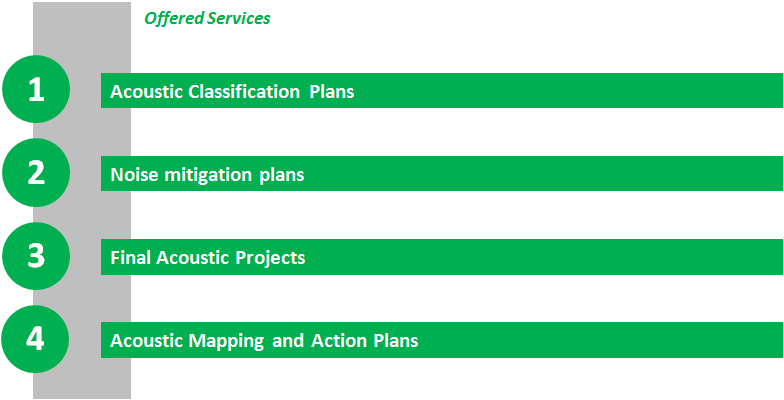
The four levels of service offered are developed by field activities and design activities.
The field activities include:
- Acquisition of cartographic detail through celerimetric surveys and/or appropriate cartographic surveys ;
- Census of receptors for the characterization, in a certain band of investigation, of the intended use and the number of floors;
- Identification of prevailing noise sources and additional ones;
- Phonometric investigations aimed at verifying noise levels and at analysing the calibration of the simulation model used.
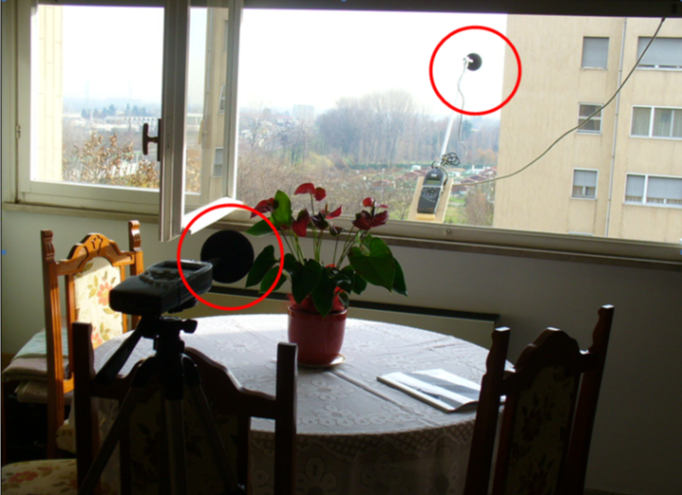
Design activities include:
- Choice of suitable acoustic simulation software taking into account the conditions of acoustic emission to be analyzed.
- Software implementation using acoustic input elements previously acquired, such as cartography, receptors, sources, etc.
- Software Calibration, balancing calculation parameters, aimed at the correspondence between the values estimated by the model on the measurement stations and values effectively monitored.
- Acoustic detailed simulation and formalization of:
- pre-construction simulation scenario.
- identification of noise reduction interventions, such as noise barriers, dunes, noise-absorbing asphalt, silent fixtures, interventions on traffic flow conditions, etc.
- definition of post-construction simulation scenario
- Cost / benefit analysis of the different possible actions.

Concerning the modeling, VDP utilizes cutting edge acoustic simulation software, currently widely used also by Organizations and Administrations.
Through these simulation models it is possible to estimate the propagation of noise from all kinds of sources: infrastructure such as roads, railways or airports, or stationary sources such as industrial plants.
These software are predictive tools designed for modeling 3D acoustic propagation in the external environment, taking into account all factors relevant, such as the orientation and shape of the buildings, the topography of the site, the obstacles between receptors and noise sources (eg noise barriers), the type of soil and weather.
The representation of the model output is normally represented by noise maps with 5 decibels scale, or with a greater detail if necessary, for example in case of analysis at various floors of buildings.
The structure of the results obtained from the aforementioned services is particularly relevant: it has to respect the different formats established by competent Authorities. The drafting of the documents produced as a result of the activities follows the prescribed formats and standards and have a logical structure that allows the National and European competent authorities (European Commission for Strategic Mapping) to easily manage them.

VDP offers also services that concerns the dissemination of the study results: a public presentation guarantees the basic project requirements and is carried out through appropriate instruments able to immediately and easily inform competent Authorities and involved populations.
For this purpose, results dissemination activities take place by the use of traditional and/or electronic communication methods:
- Public Administration websites;
- Environment Agency websites (ARPA, Ispra);
- Websites of the Institutions responsible for the mapping;
- Links to websites from web portals of environmental groups or associations;
- Electronic and paper supports to Schools, Universities and Associations;
- Public debates and meetings.
An appropriate and correct management of the acoustic effects, caused by the use and transformation of the territory, represents a challenge that VDP is able to face. This process may offer a potential strengthening of socio-economic potentialities of the area, but on the other hand it can improve the level of human activity in the natural environment.
On the basis of the expertise gained in design and planning and also through research and development of new and advanced technologies, the aim of VDP is the improvement of the environmental conditions and the protection of environmental resources observing the principles of sustainability and environmental balance.
To this end, VDP provides support to Institutions and Governments in the following fields:

Within the generic criteria of acoustic sustainability, the project objectives are the ones established by the various sector-specific laws and regulations, which prescribe, in detail, the activities to be carried out. Among these we mention:
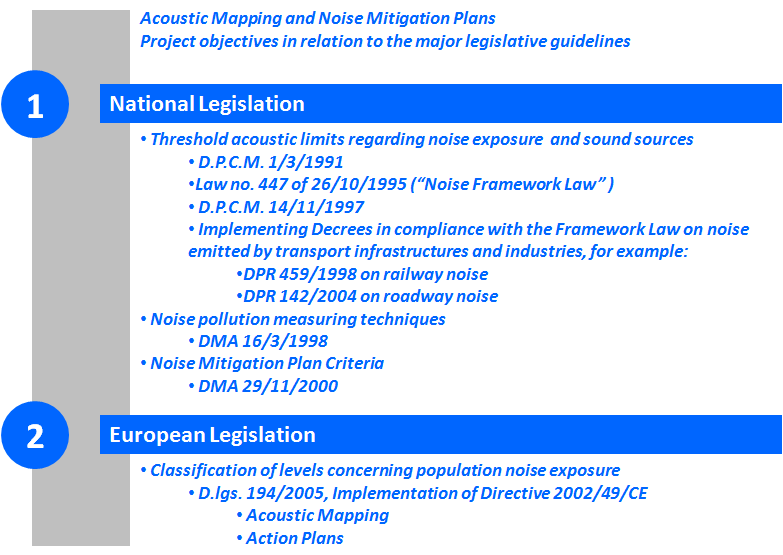
-
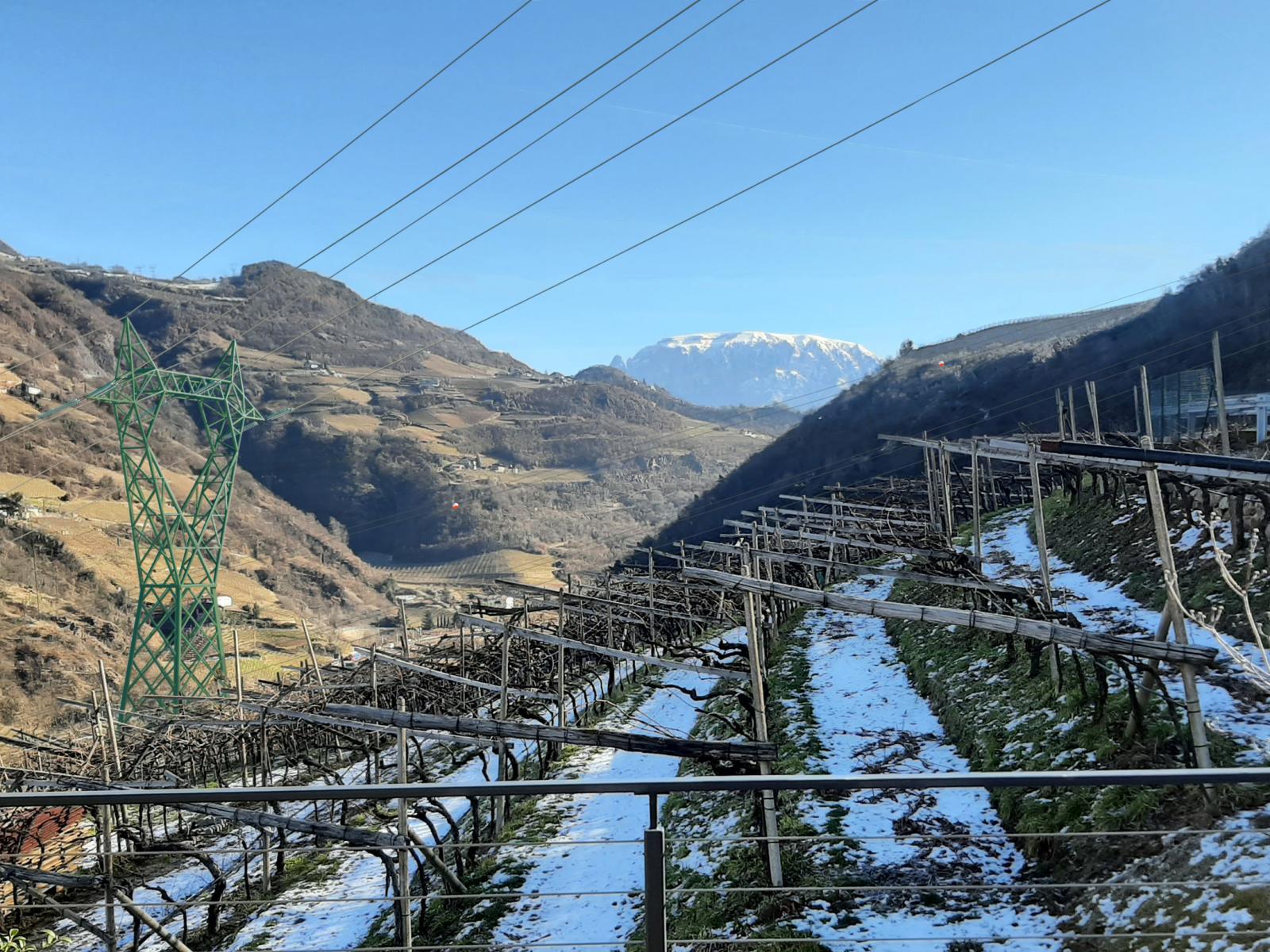 Rearrangement of the NTG in the Eisack Valley – TERNASettore: Energy Infrastructures
Rearrangement of the NTG in the Eisack Valley – TERNASettore: Energy Infrastructures -
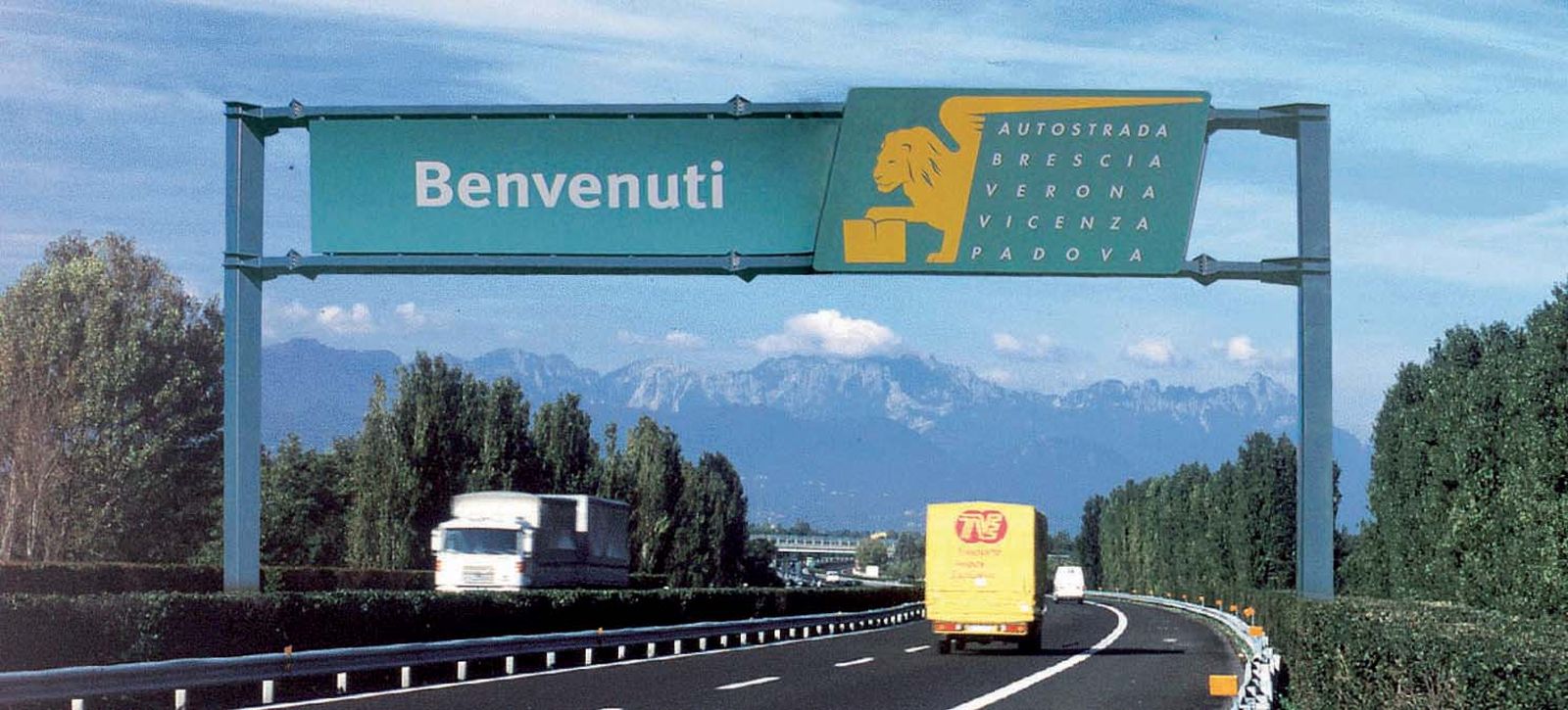 Framework Contract for the Brescia-Padua MotorwaySettore: Roads & Highways
Framework Contract for the Brescia-Padua MotorwaySettore: Roads & Highways -
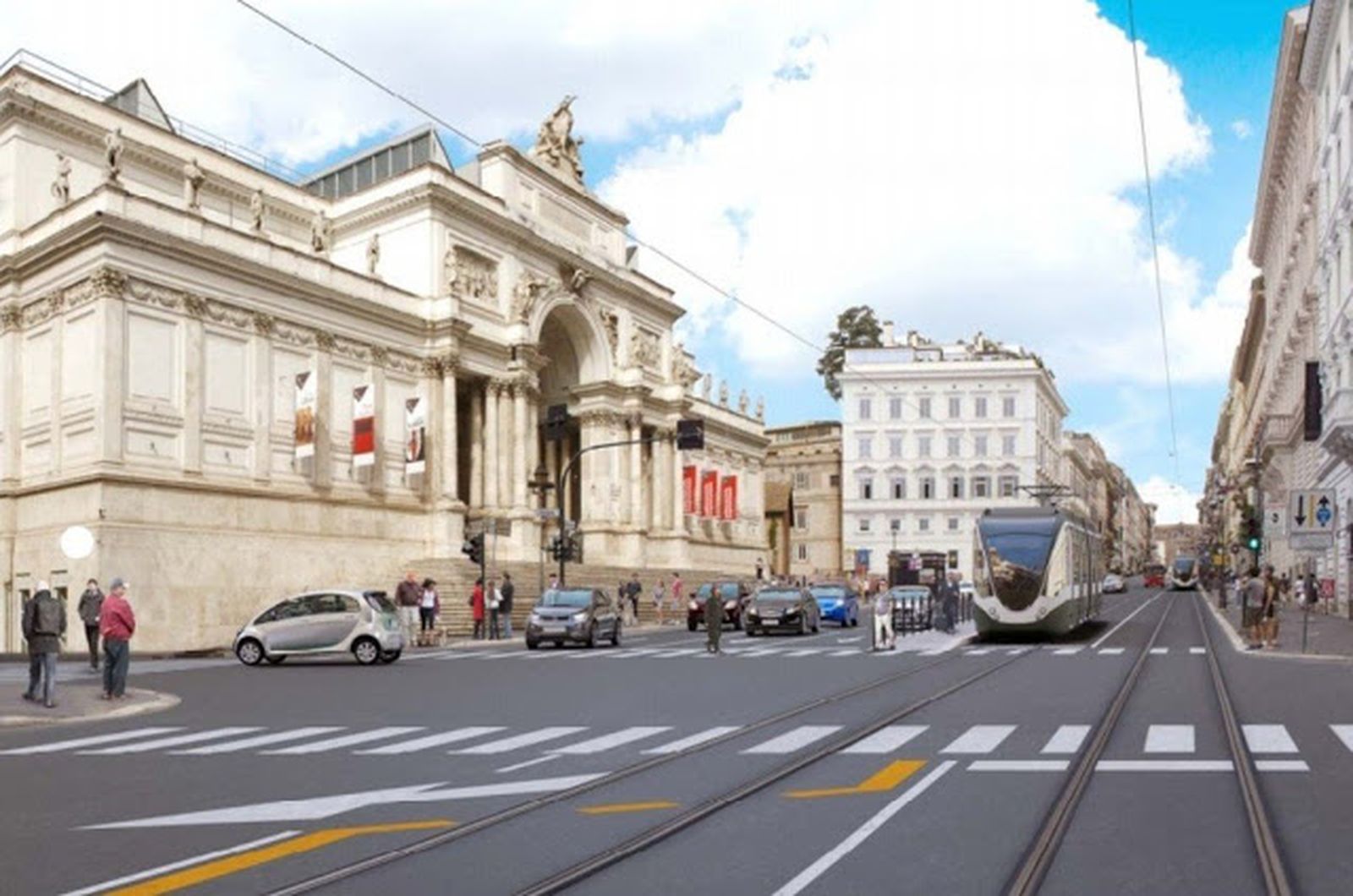 Termini Vaticano Aurelio Line (TVA) – Rome
Termini Vaticano Aurelio Line (TVA) – Rome -
Mitigazione acustica Autostrada Brescia PadovaSettore: Roads & Highways
-
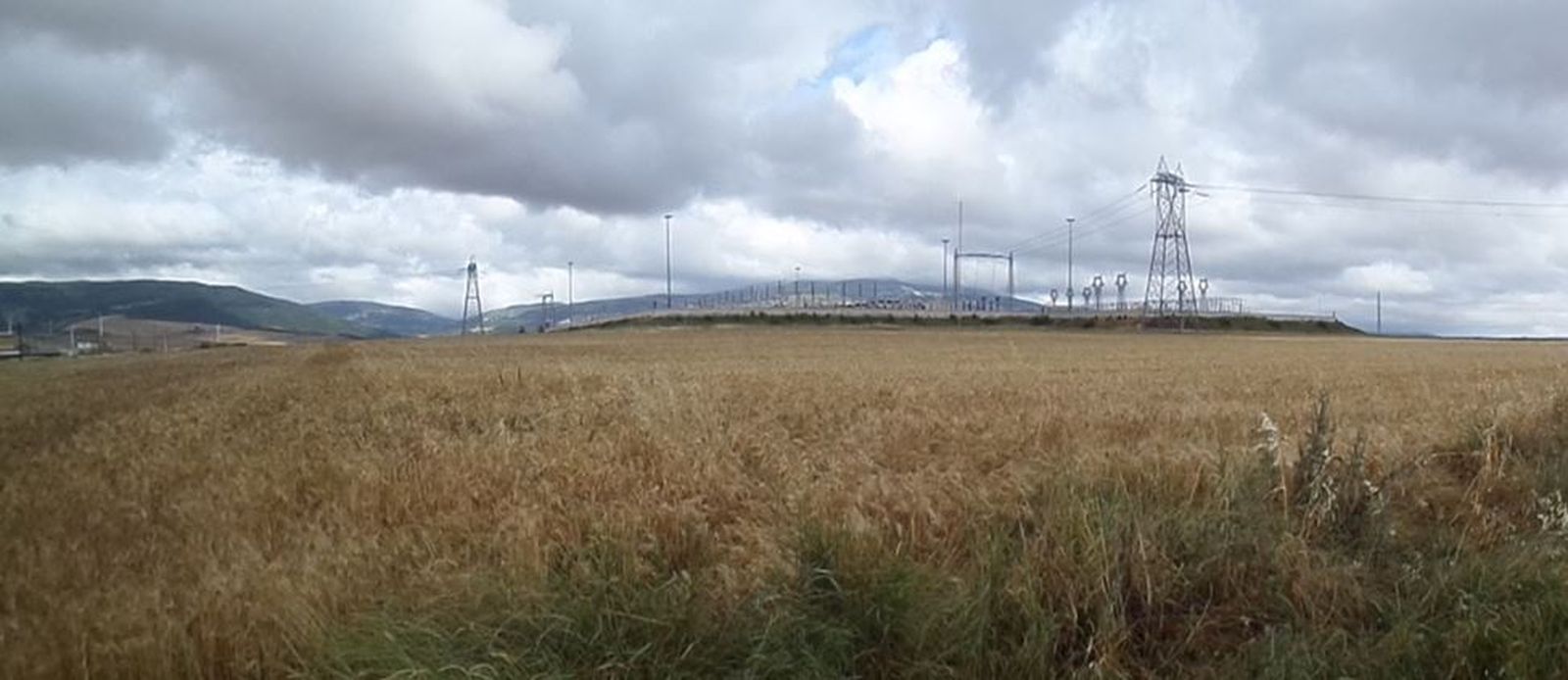 Overhead power line 150 kV “Troia – Celle San Vito” Puglia Region ItalySettore: Energy Infrastructures
Overhead power line 150 kV “Troia – Celle San Vito” Puglia Region ItalySettore: Energy Infrastructures -
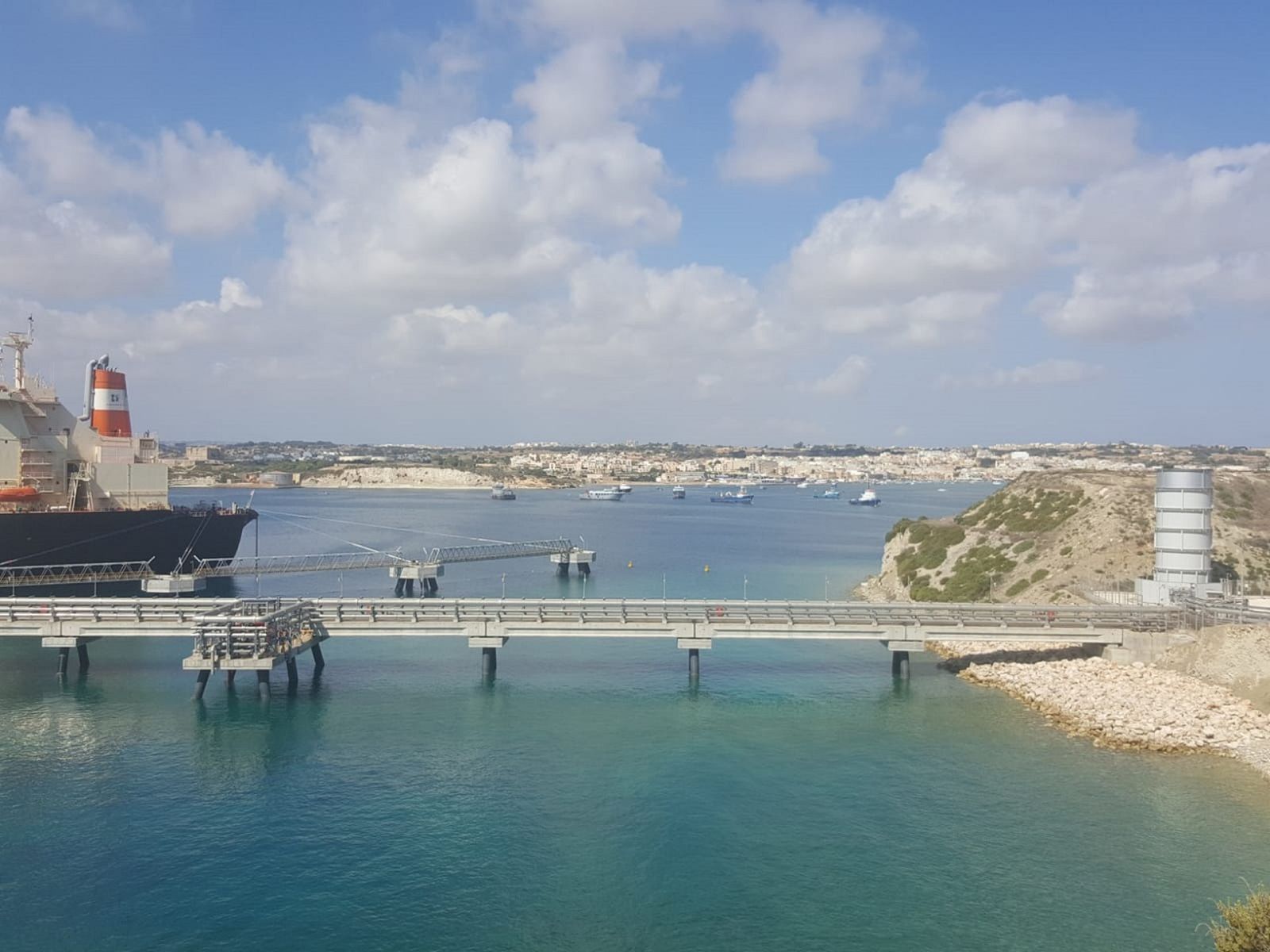 Gas Pipeline Italy-MaltaSettore: Energy Infrastructures
Gas Pipeline Italy-MaltaSettore: Energy Infrastructures -
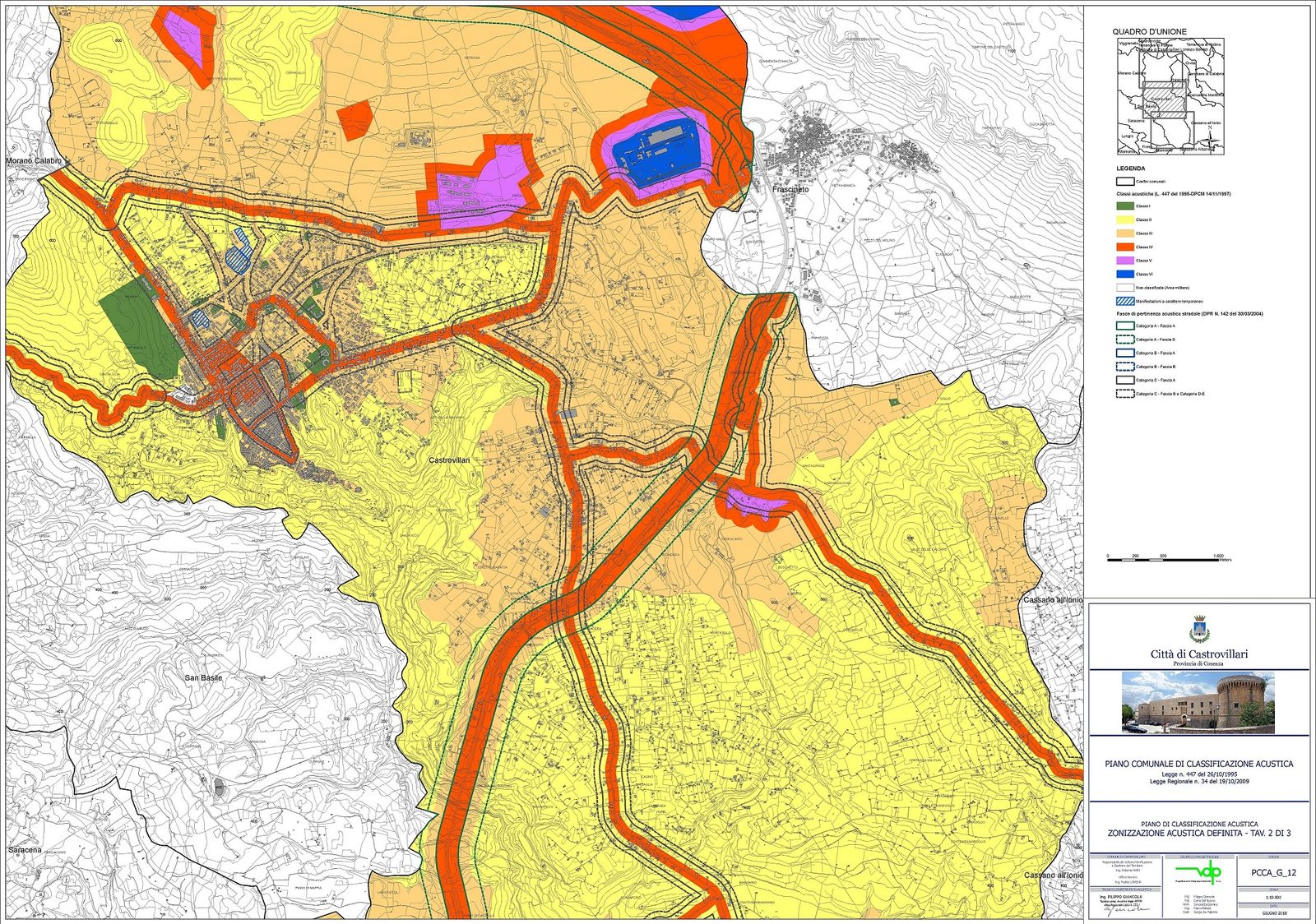 Municipality of Castrovillari – Acoustic zoningSettore: Public Administrations
Municipality of Castrovillari – Acoustic zoningSettore: Public Administrations -
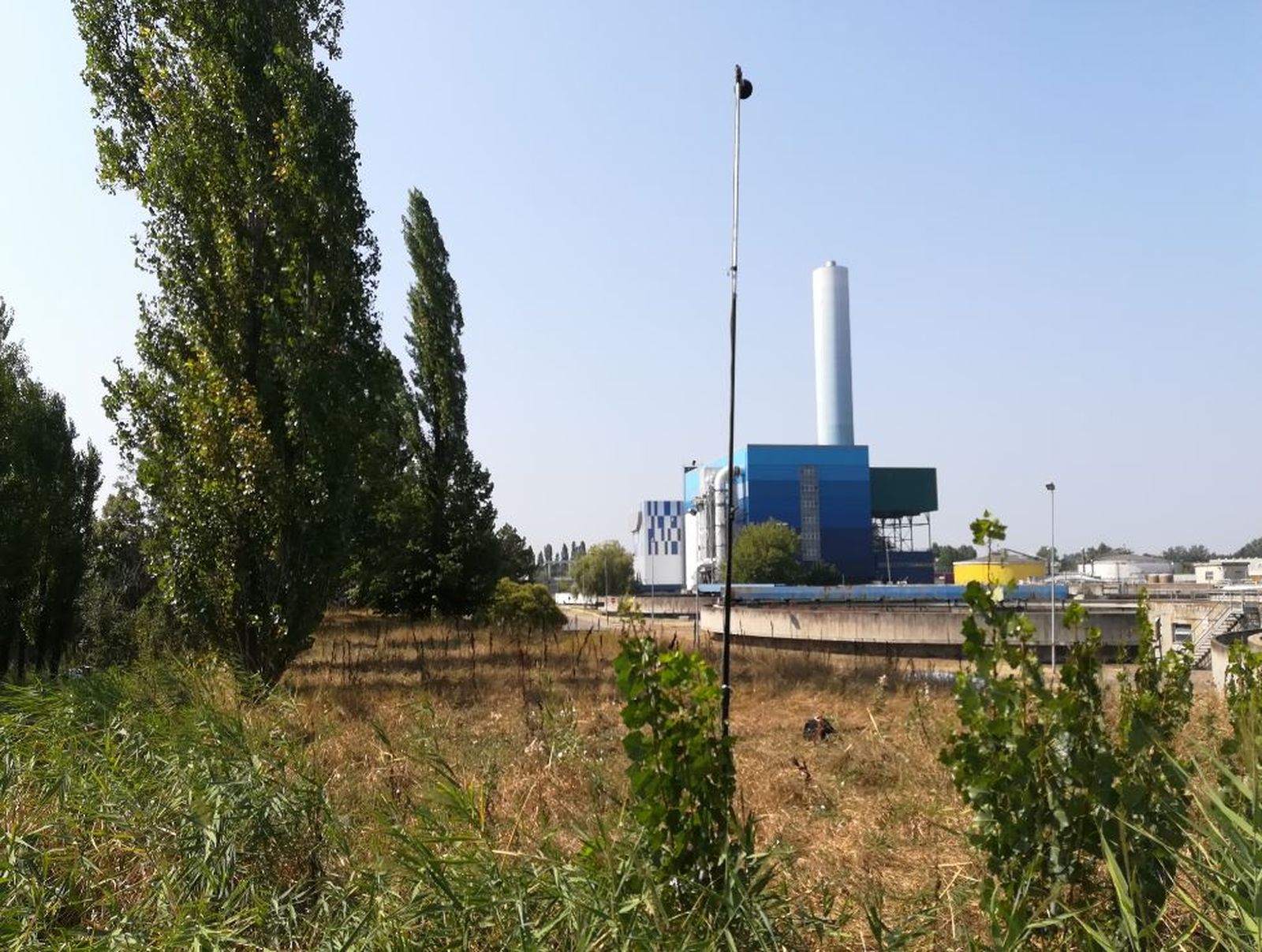 Herambiente – waste treatment plantsSettore: Energy Infrastructures
Herambiente – waste treatment plantsSettore: Energy Infrastructures -
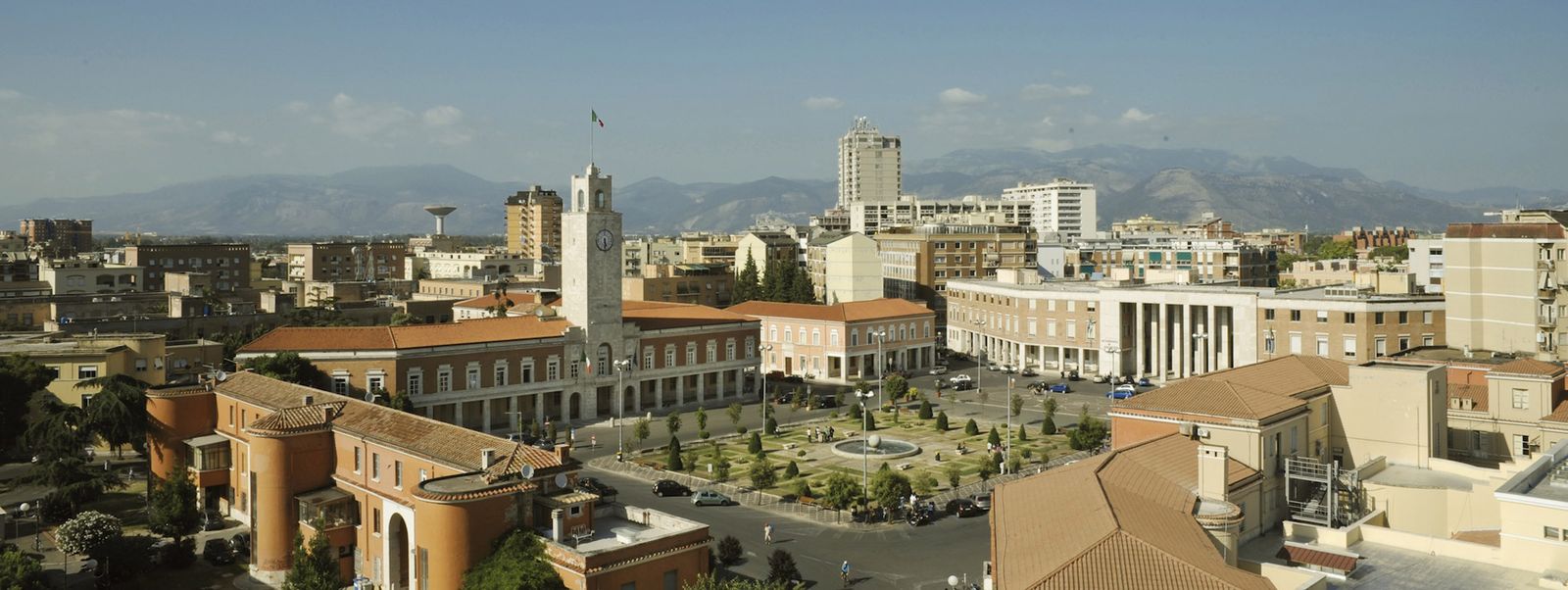 Municipality of Latina – Action PlanSettore: Public Administrations
Municipality of Latina – Action PlanSettore: Public Administrations -
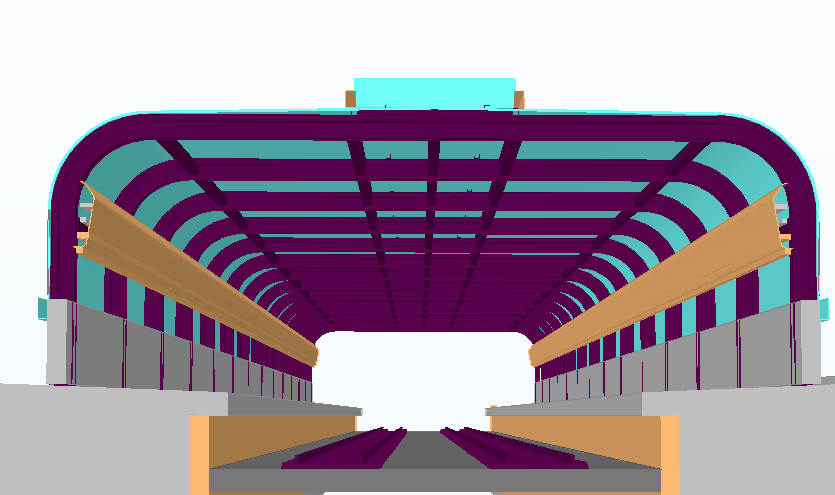 Stabia Scavi Station – Circumvesuviana Railway Line
Stabia Scavi Station – Circumvesuviana Railway Line -
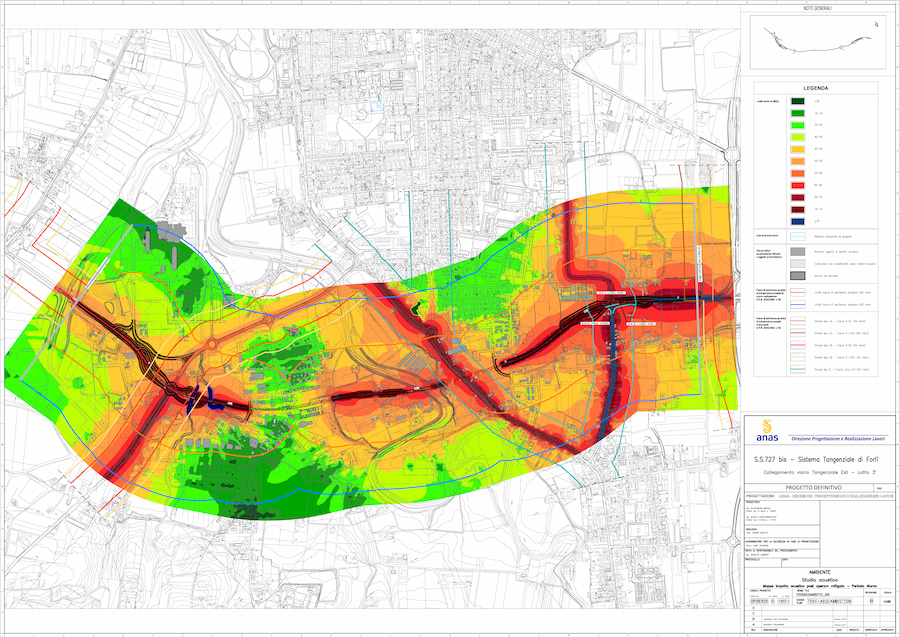 Forlì Bypass Road System – S.S. 727 bisSettore: Roads & Highways
Forlì Bypass Road System – S.S. 727 bisSettore: Roads & Highways -
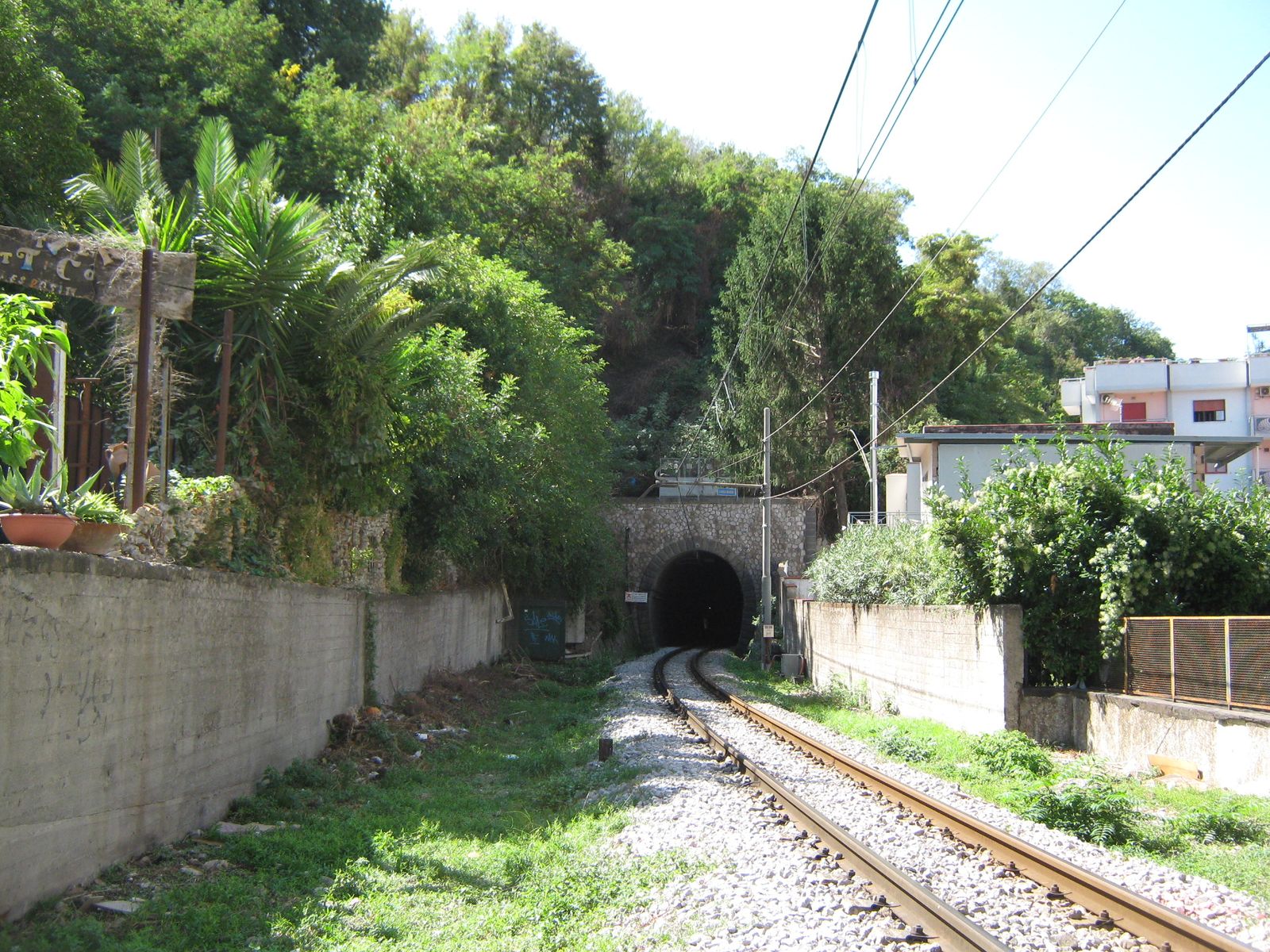 Circumvesuviana Railway Line
Circumvesuviana Railway Line -
 City of Cagliari – Acoustic Recovery PlanSettore: Public Administrations
City of Cagliari – Acoustic Recovery PlanSettore: Public Administrations -
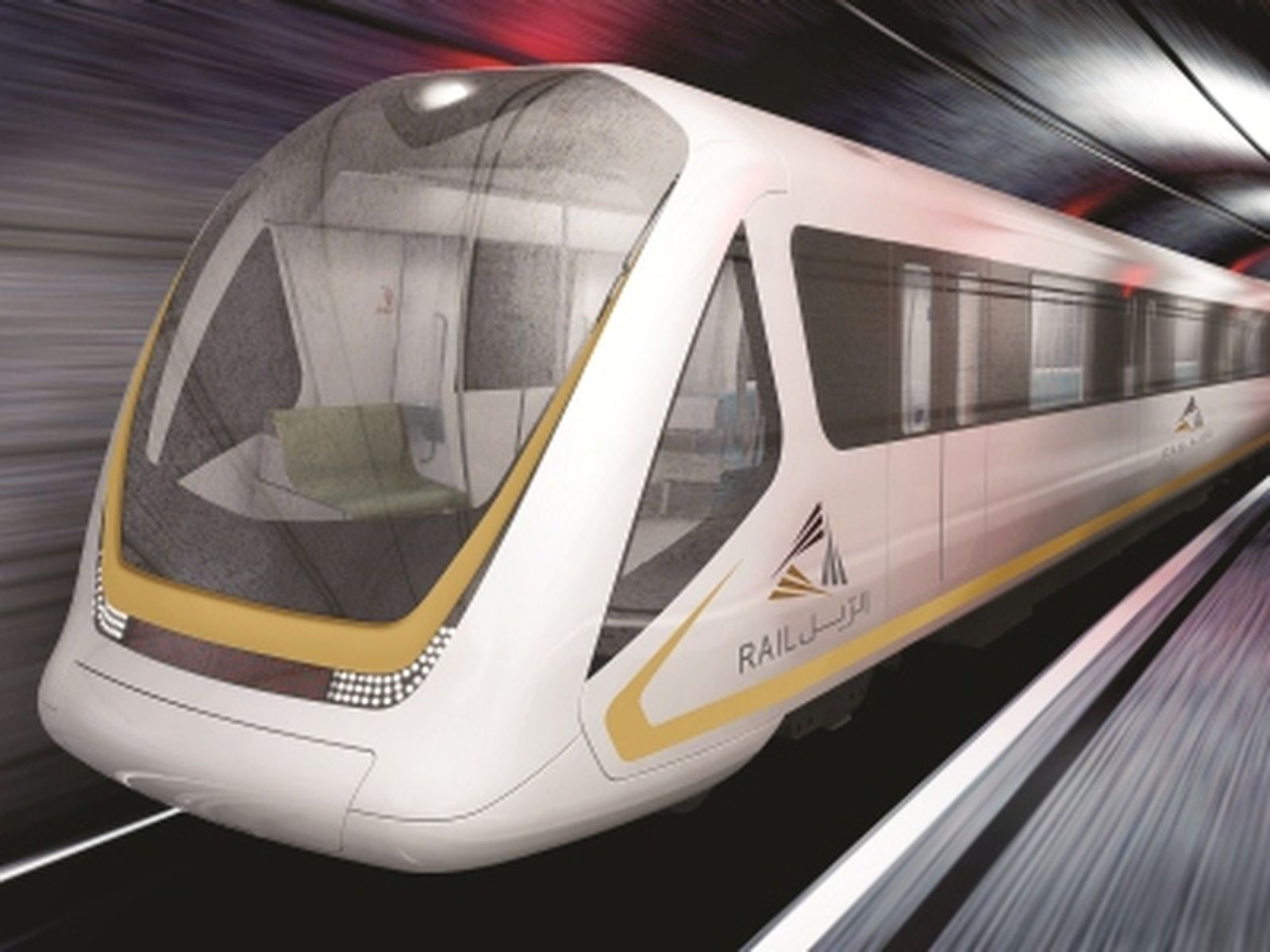 Red Line of Doha Underground – QatarSettore: Urban Transport
Red Line of Doha Underground – QatarSettore: Urban Transport -
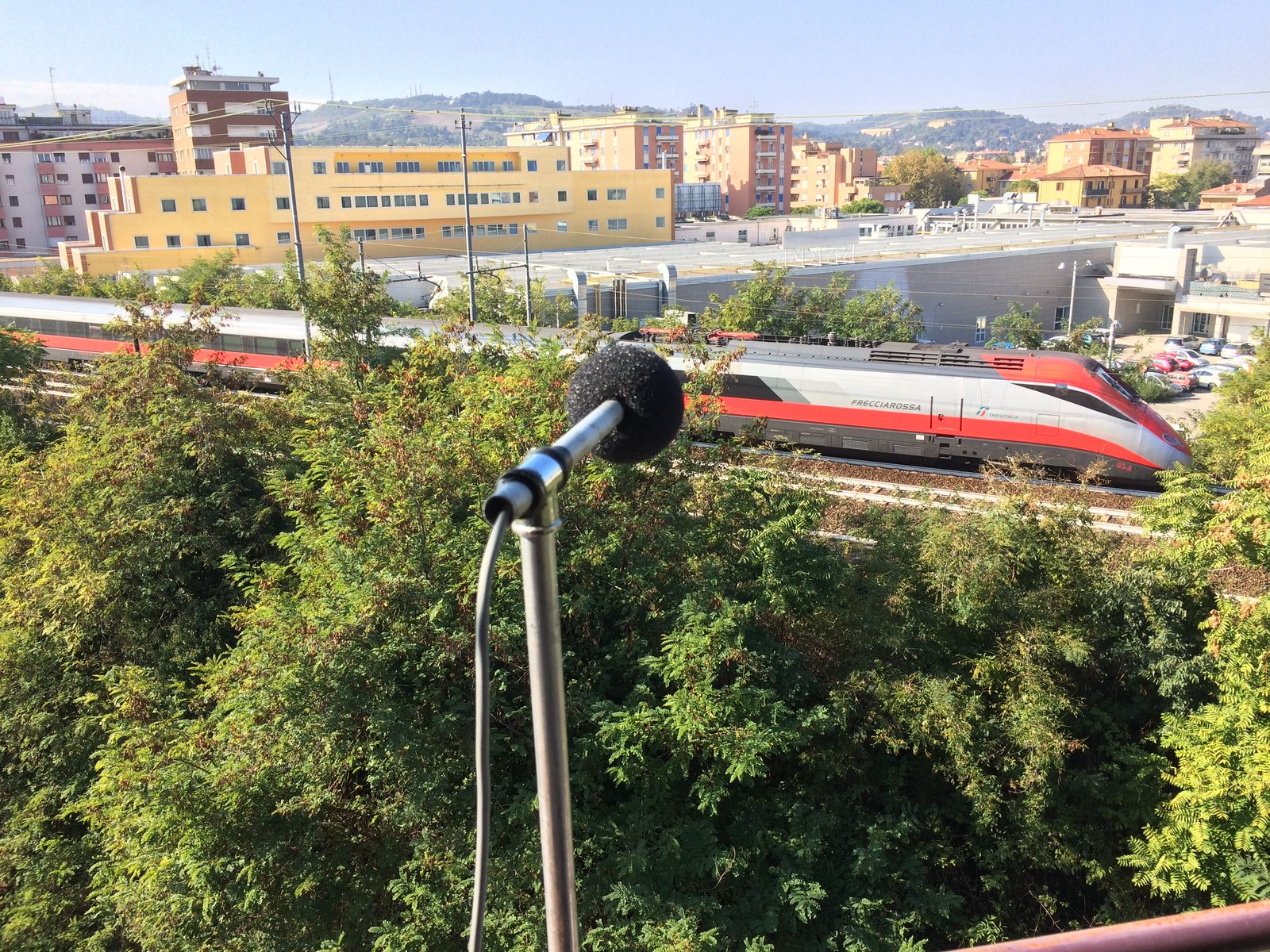 Risanamento Acustico per 5 Comuni dell’ Emilia RomagnaSettore: Railways & Station
Risanamento Acustico per 5 Comuni dell’ Emilia RomagnaSettore: Railways & Station -
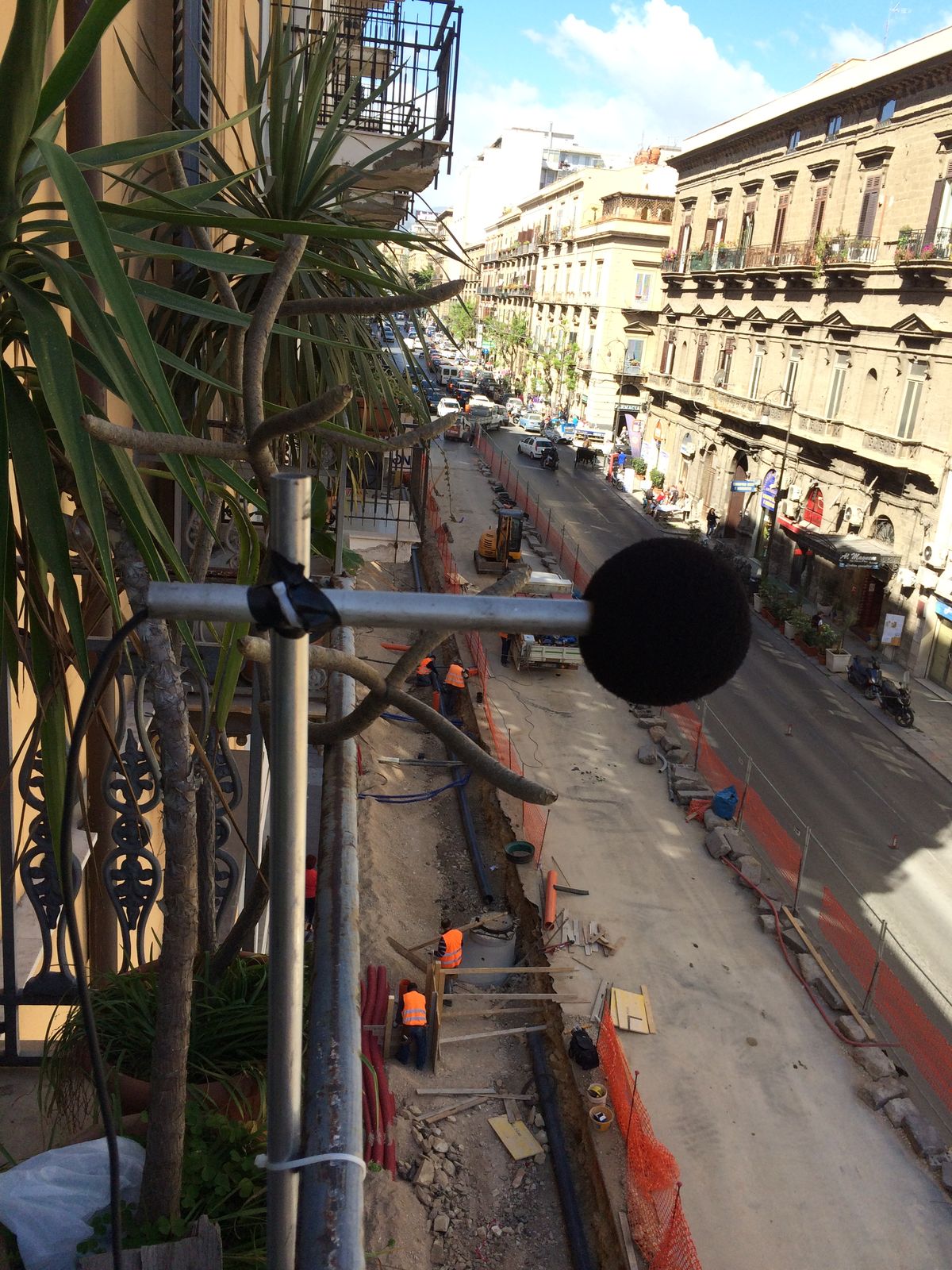 Accordo Quadro Italferr Monitoraggio rumore/vibrazioniSettore: Railways & Station
Accordo Quadro Italferr Monitoraggio rumore/vibrazioniSettore: Railways & Station -
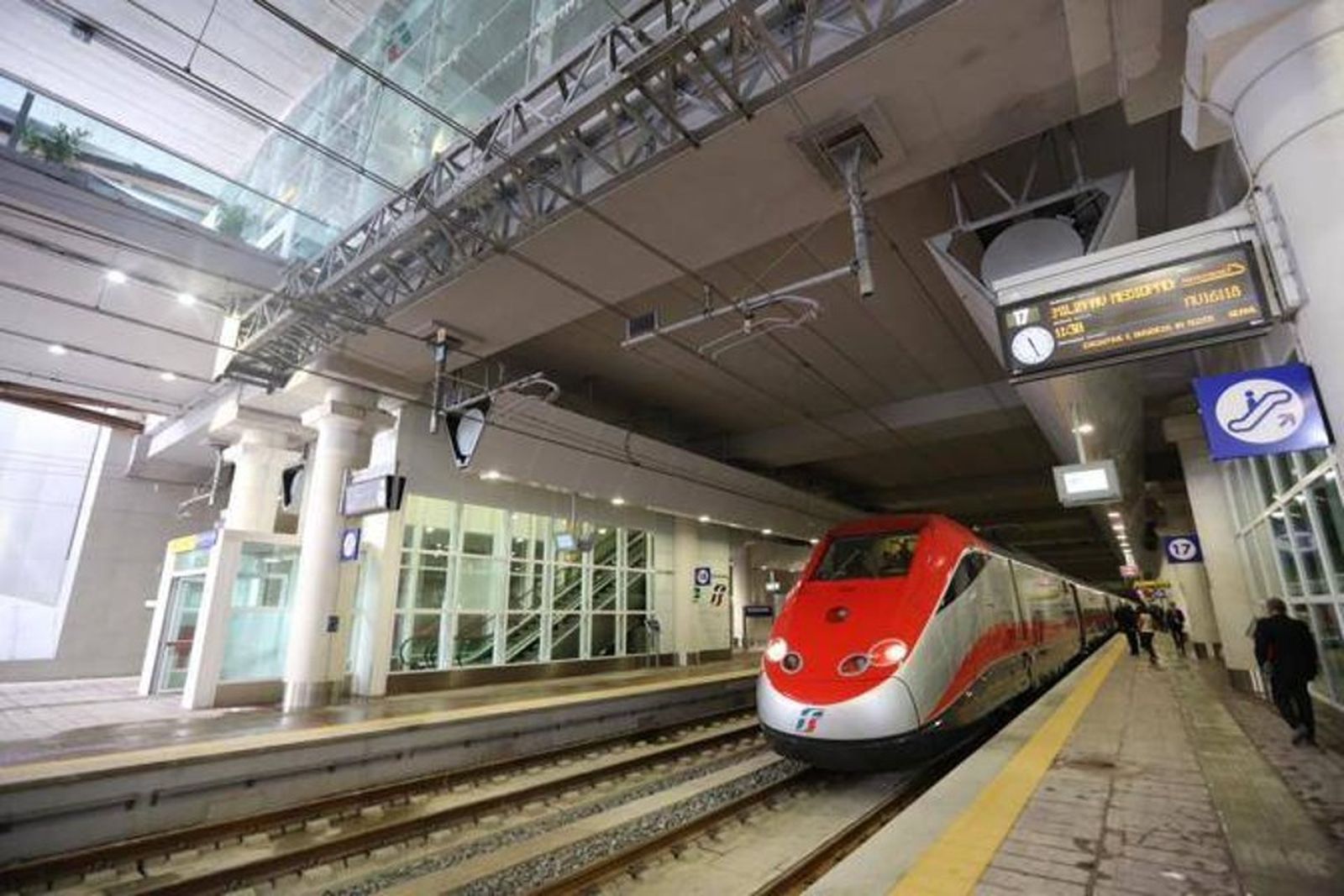 Nodo AV Bologna – Studio di Impatto AmbientaleSettore: Railways & Station
Nodo AV Bologna – Studio di Impatto AmbientaleSettore: Railways & Station -
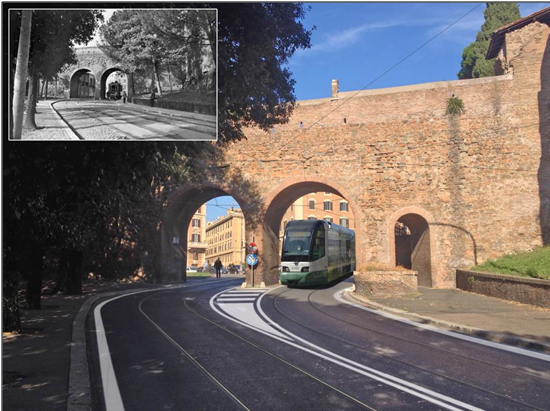 Lodi – Carlo Felice tram line in RomeSettore: Urban Transport
Lodi – Carlo Felice tram line in RomeSettore: Urban Transport -
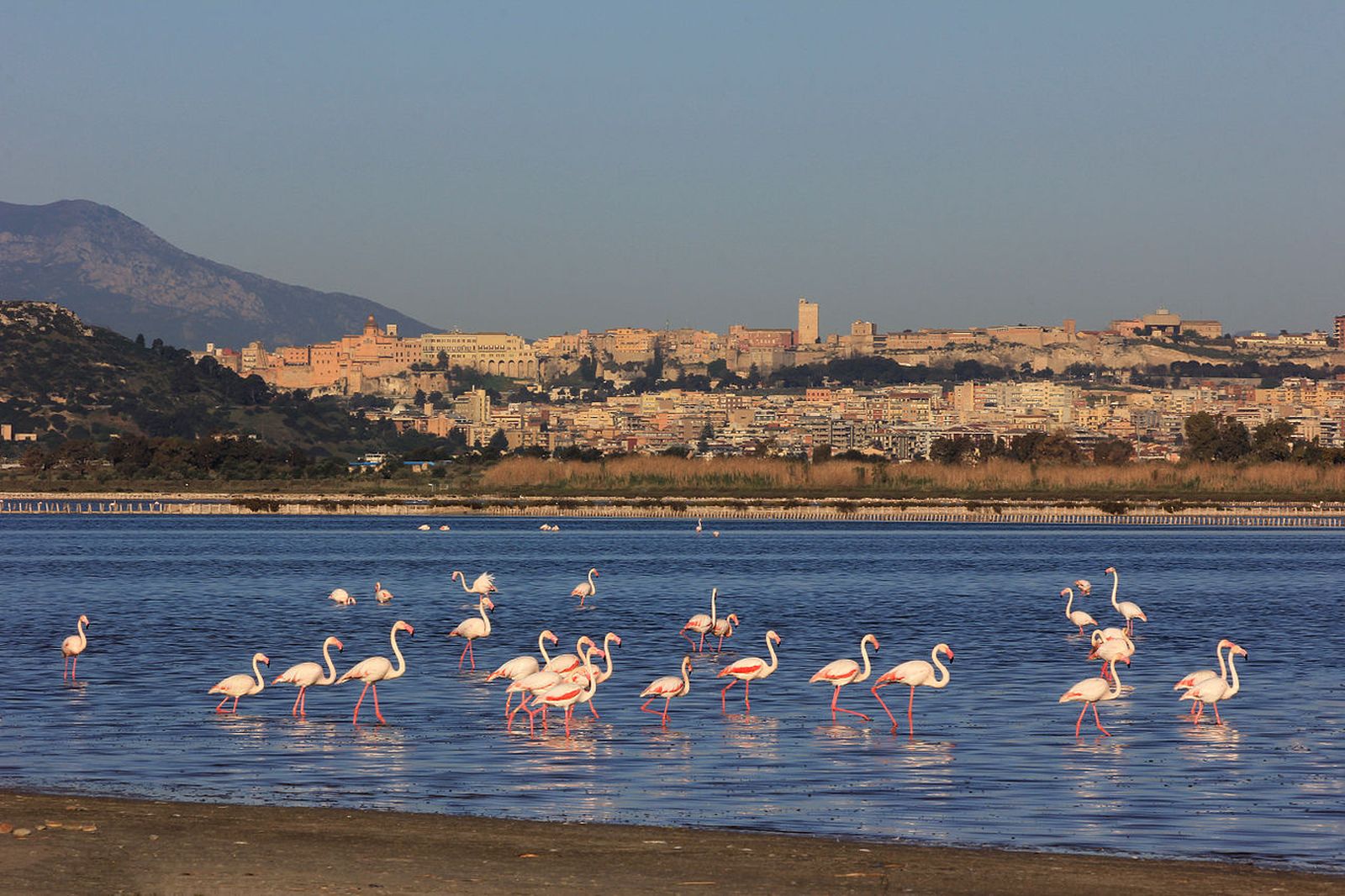 Province of Cagliari – Acoustic Recovery PlanSettore: Public Administrations
Province of Cagliari – Acoustic Recovery PlanSettore: Public Administrations -
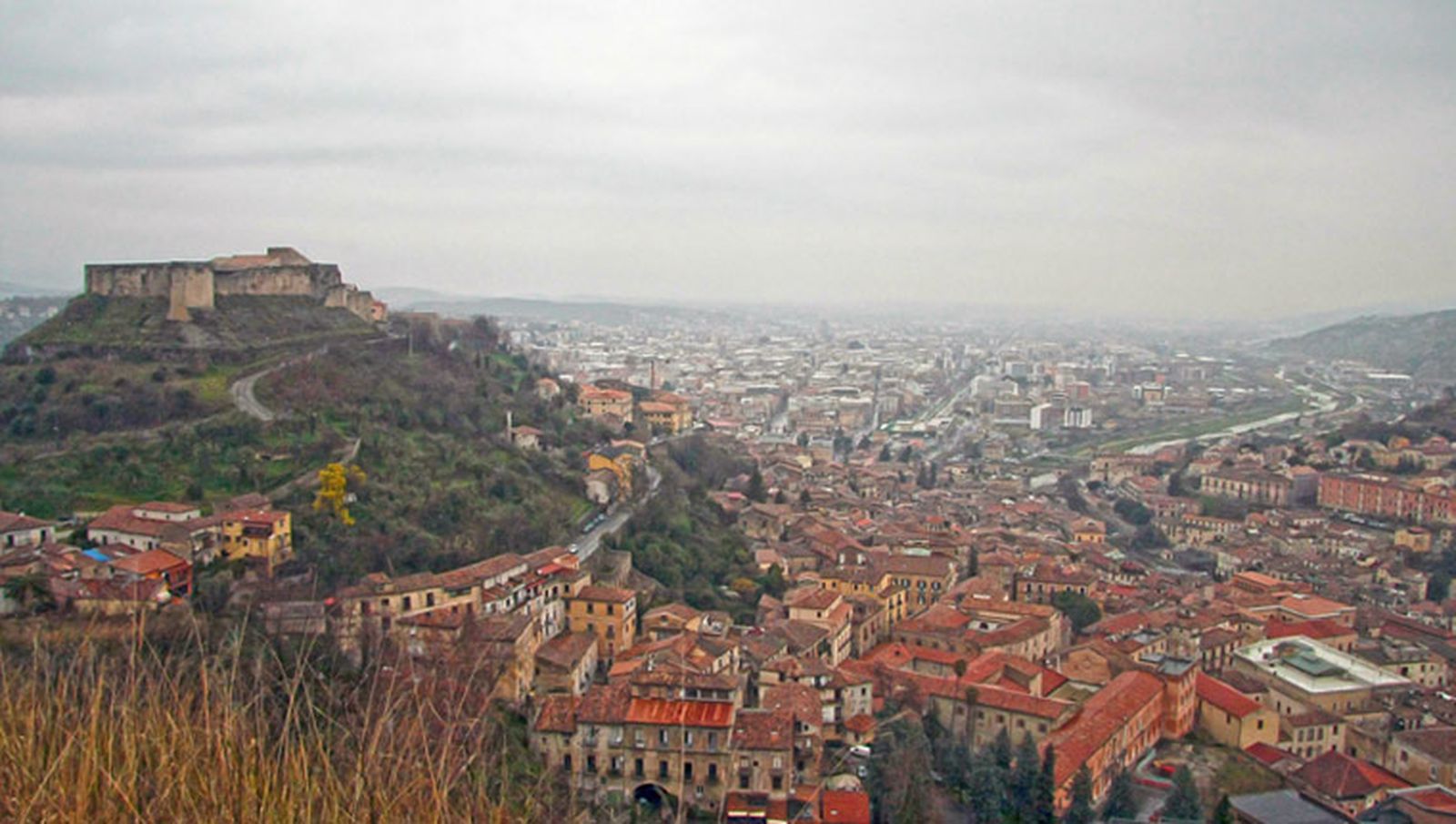 Municipality of Cosenza – Acoustic zoningSettore: Public Administrations
Municipality of Cosenza – Acoustic zoningSettore: Public Administrations -
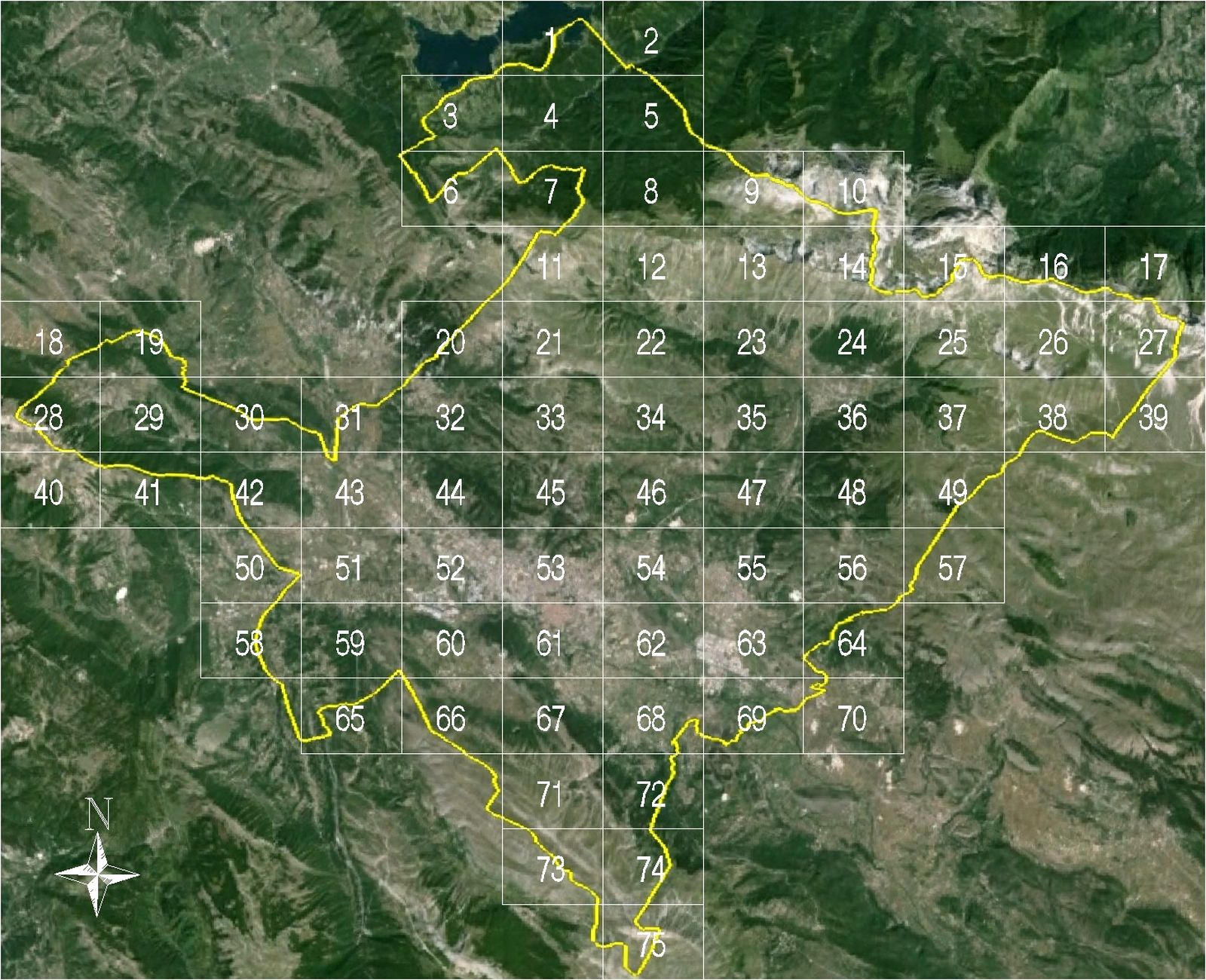 L’Aquila Municipality – Acoustic ClassificationSettore: Public Administrations
L’Aquila Municipality – Acoustic ClassificationSettore: Public Administrations -
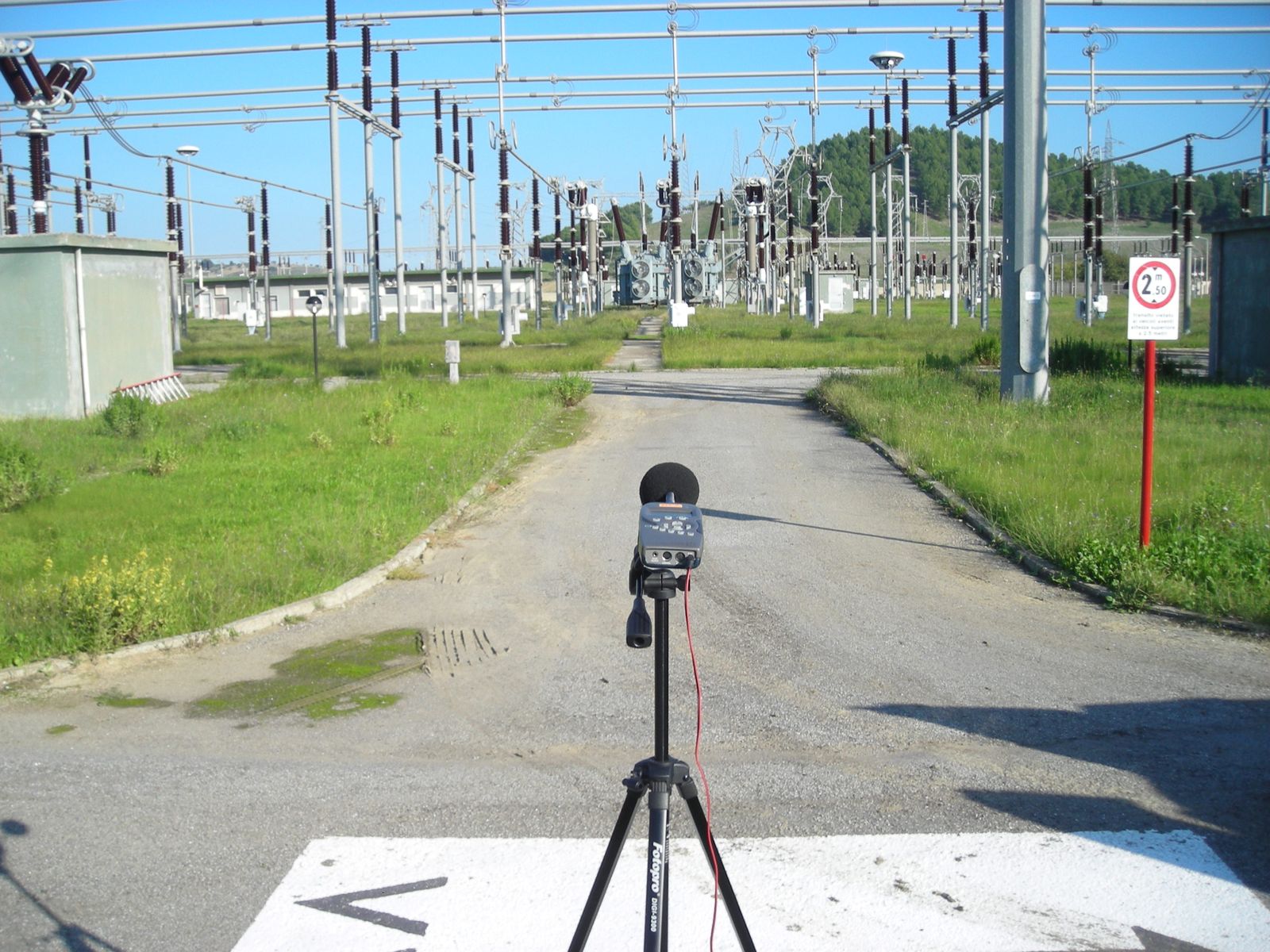 Terna Electrical SubstationsSettore: Energy Infrastructures
Terna Electrical SubstationsSettore: Energy Infrastructures -
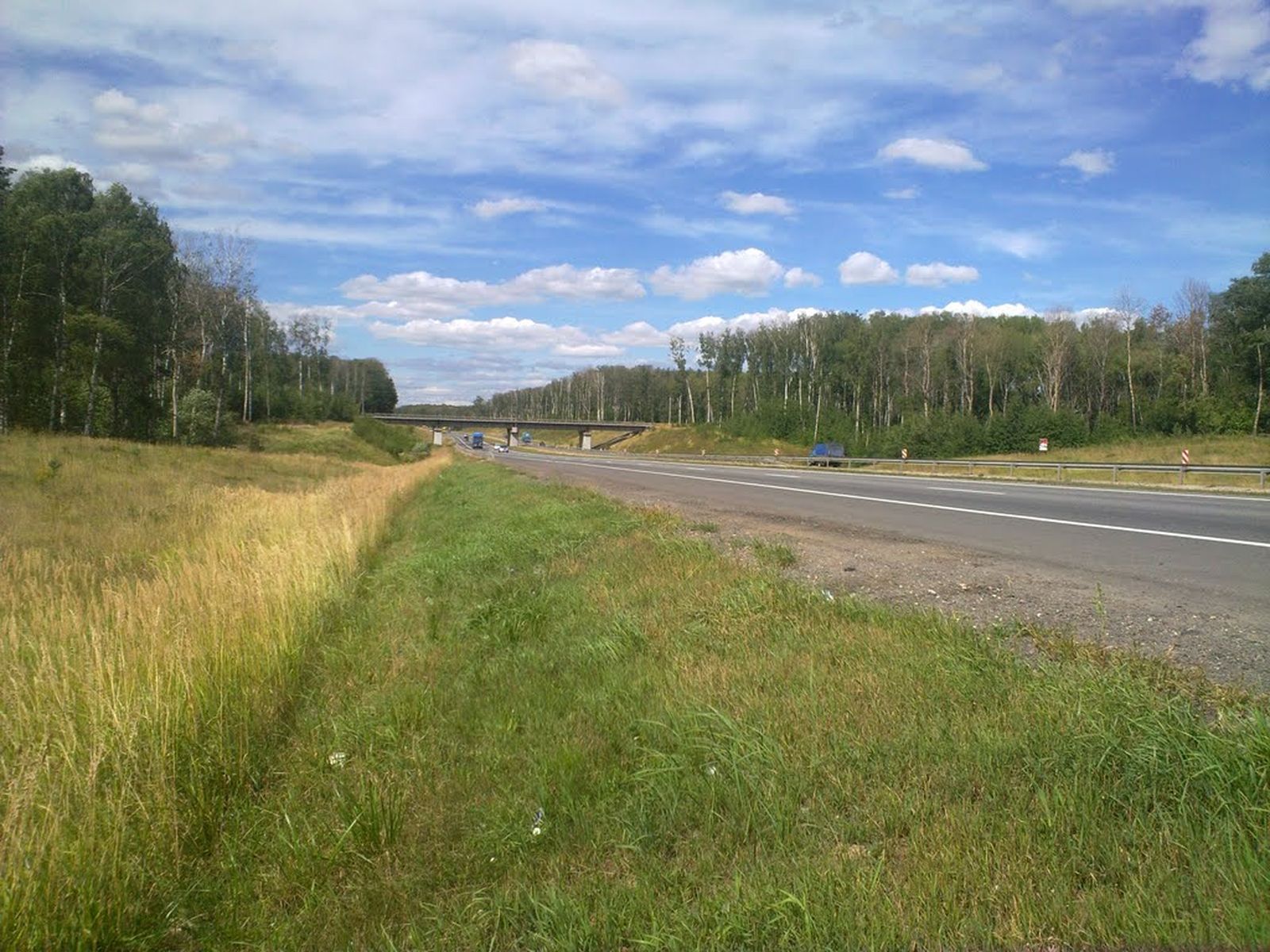 Acoustic study for the M-5 (Moscow-Kolomna) motorwaySettore: Roads & Highways
Acoustic study for the M-5 (Moscow-Kolomna) motorwaySettore: Roads & Highways -
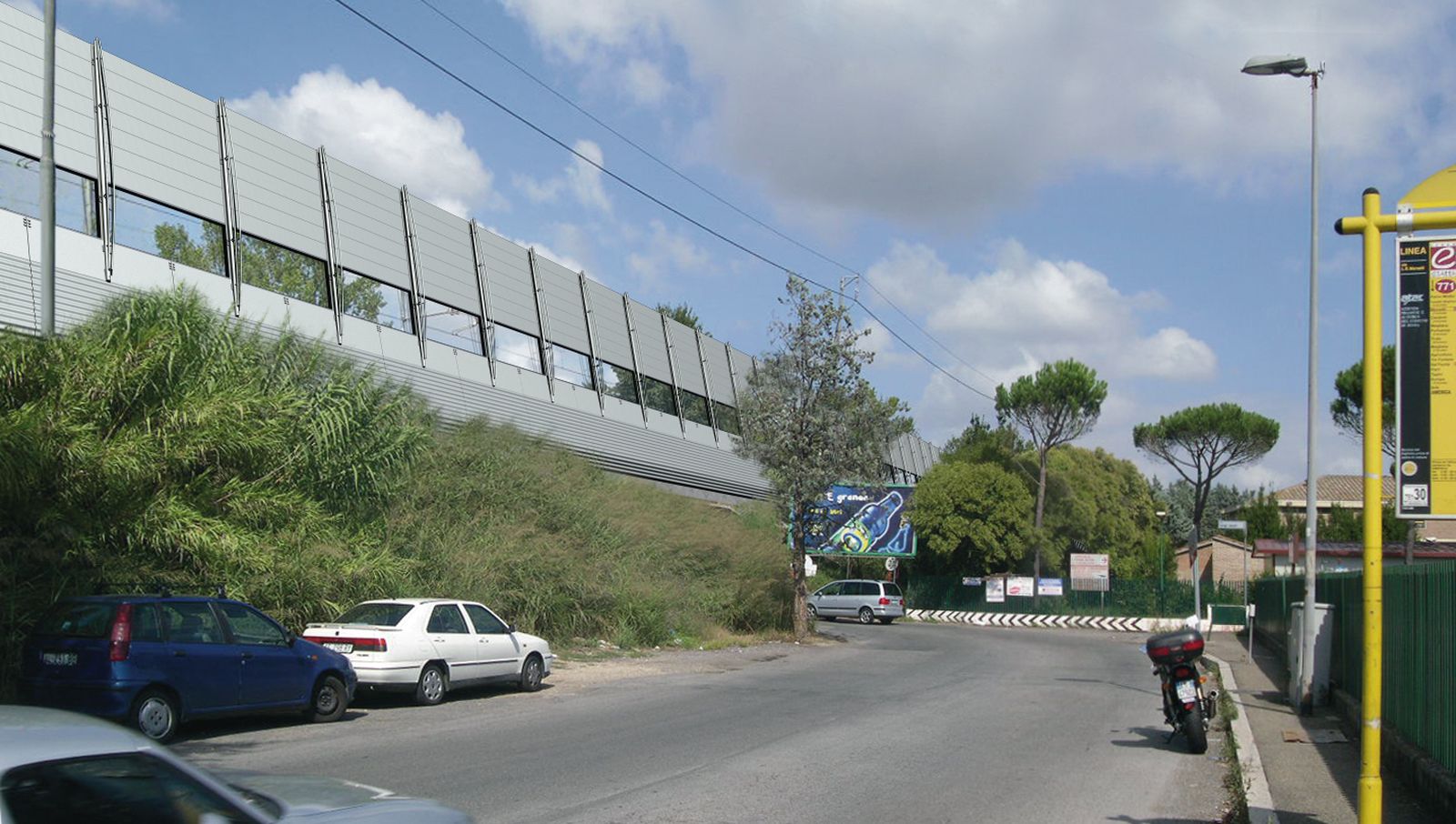 Roma-Fiumicino Airport Railway LineSettore: Railways & Station
Roma-Fiumicino Airport Railway LineSettore: Railways & Station -
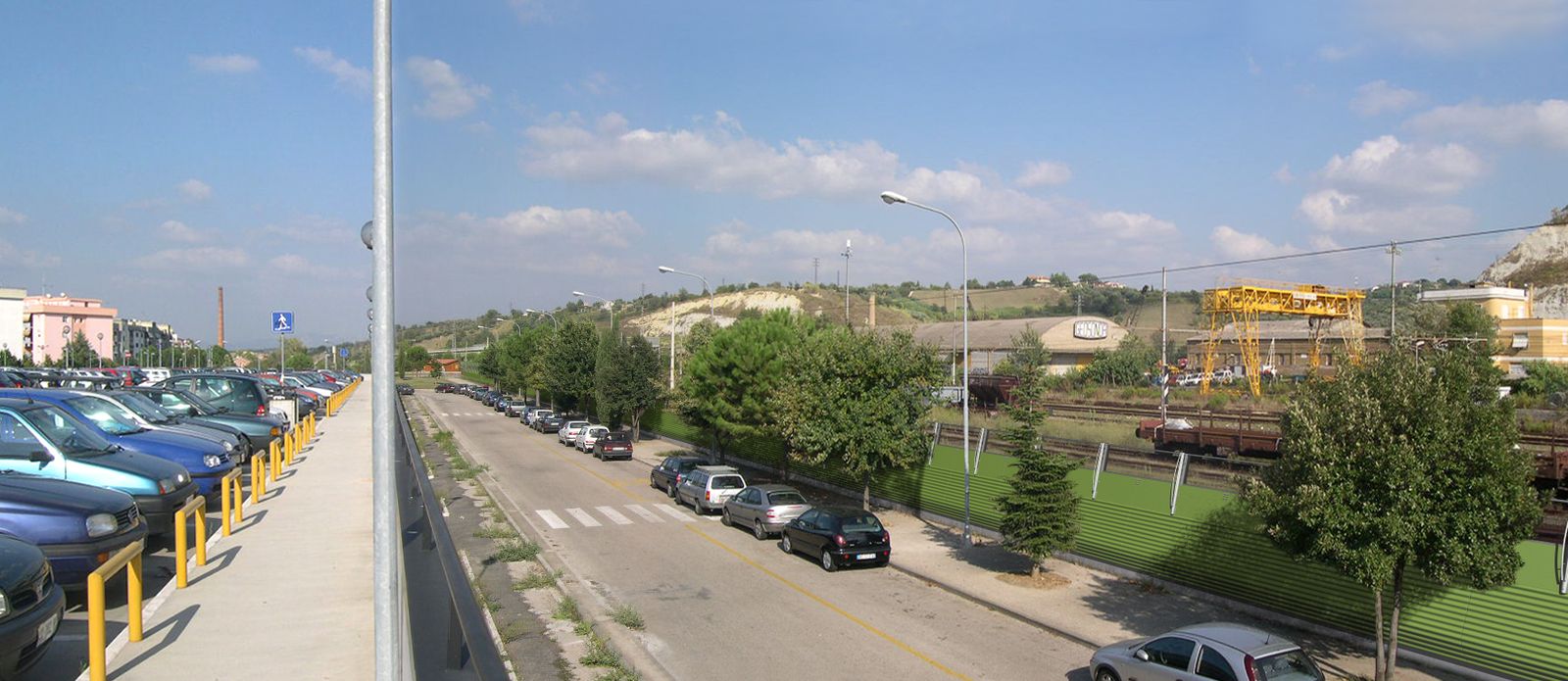 Rome-Florence Railway (local line)Settore: Railways & Station
Rome-Florence Railway (local line)Settore: Railways & Station -
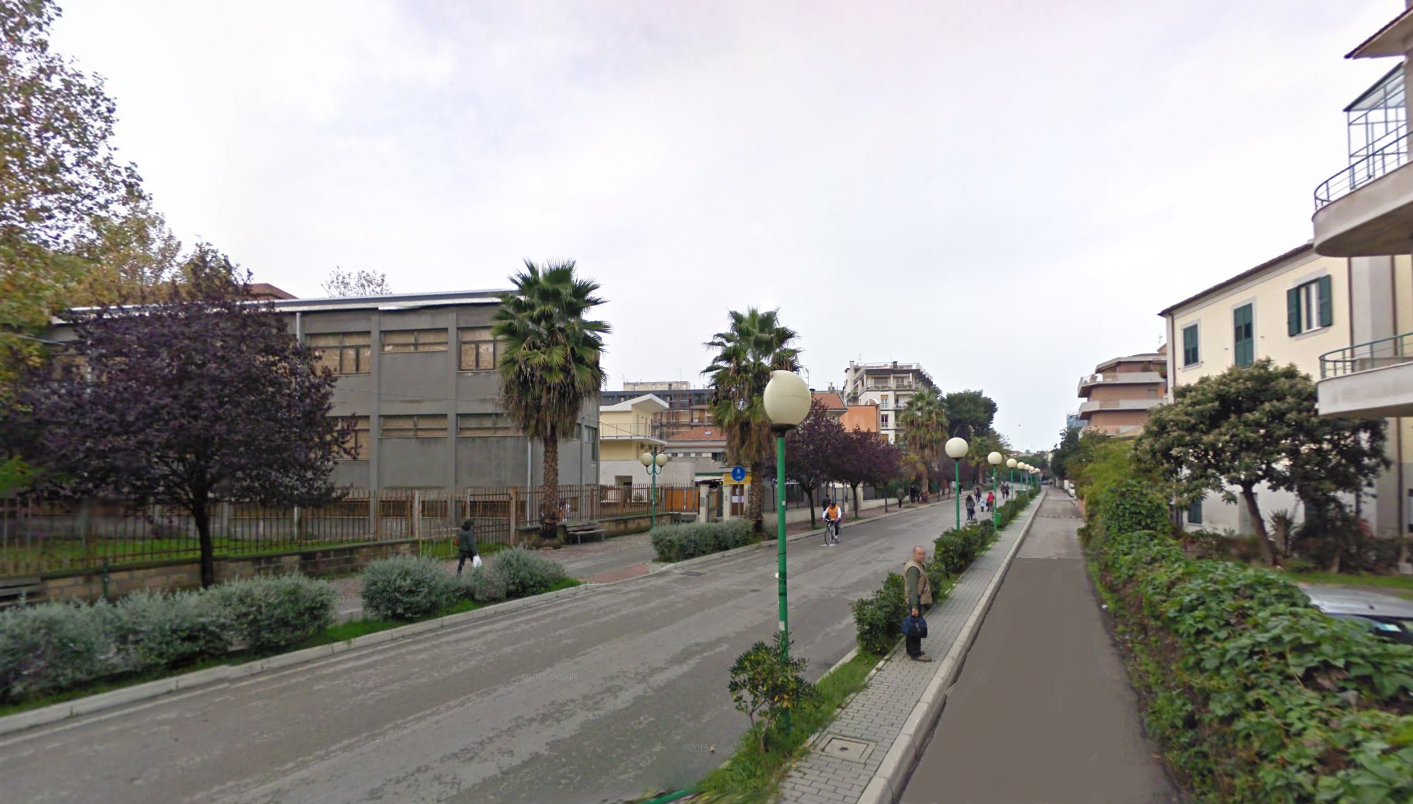 Pescara – Montesilvano TrolleybusSettore: Urban Transport
Pescara – Montesilvano TrolleybusSettore: Urban Transport -
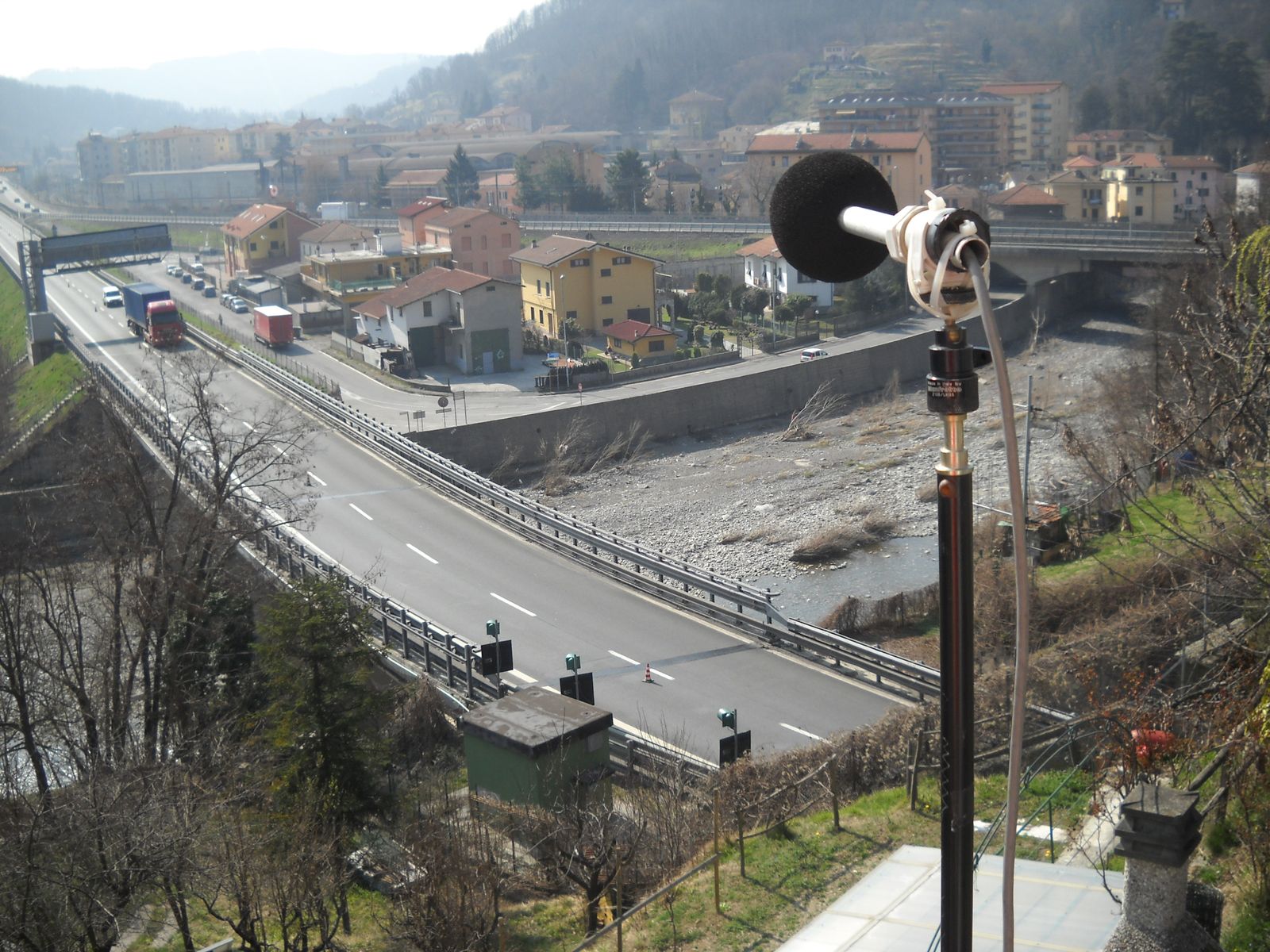 Autostrade per l’Italia Acoustic Mitigation Plan – Final designSettore: Roads & Highways
Autostrade per l’Italia Acoustic Mitigation Plan – Final designSettore: Roads & Highways -
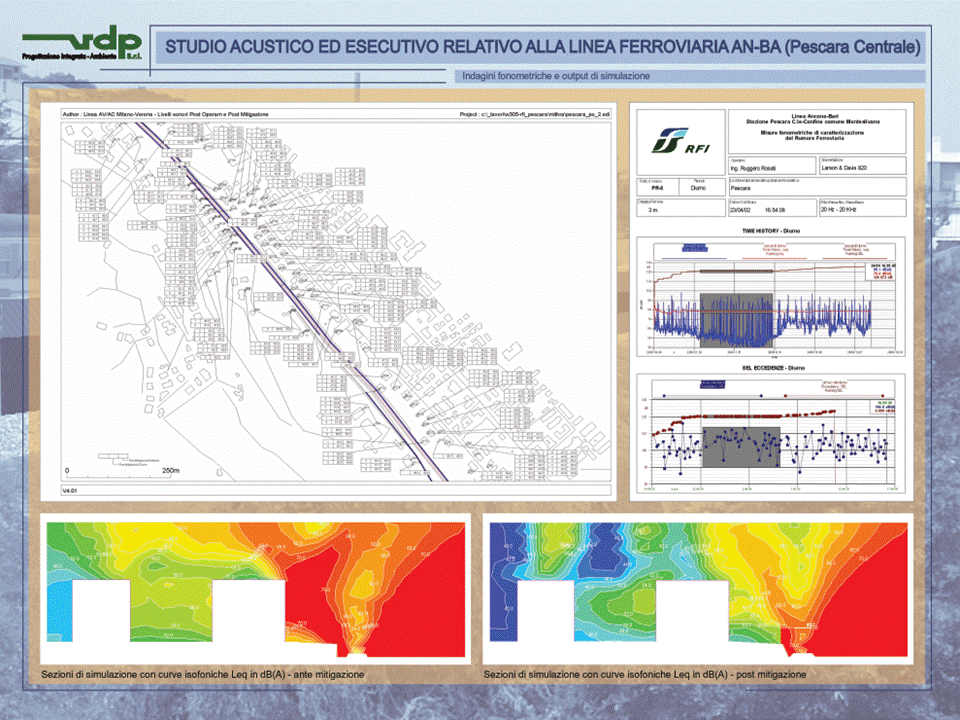 Ancona – Bari Railway Line (Pescara Station)Settore: Railways & Station
Ancona – Bari Railway Line (Pescara Station)Settore: Railways & Station -
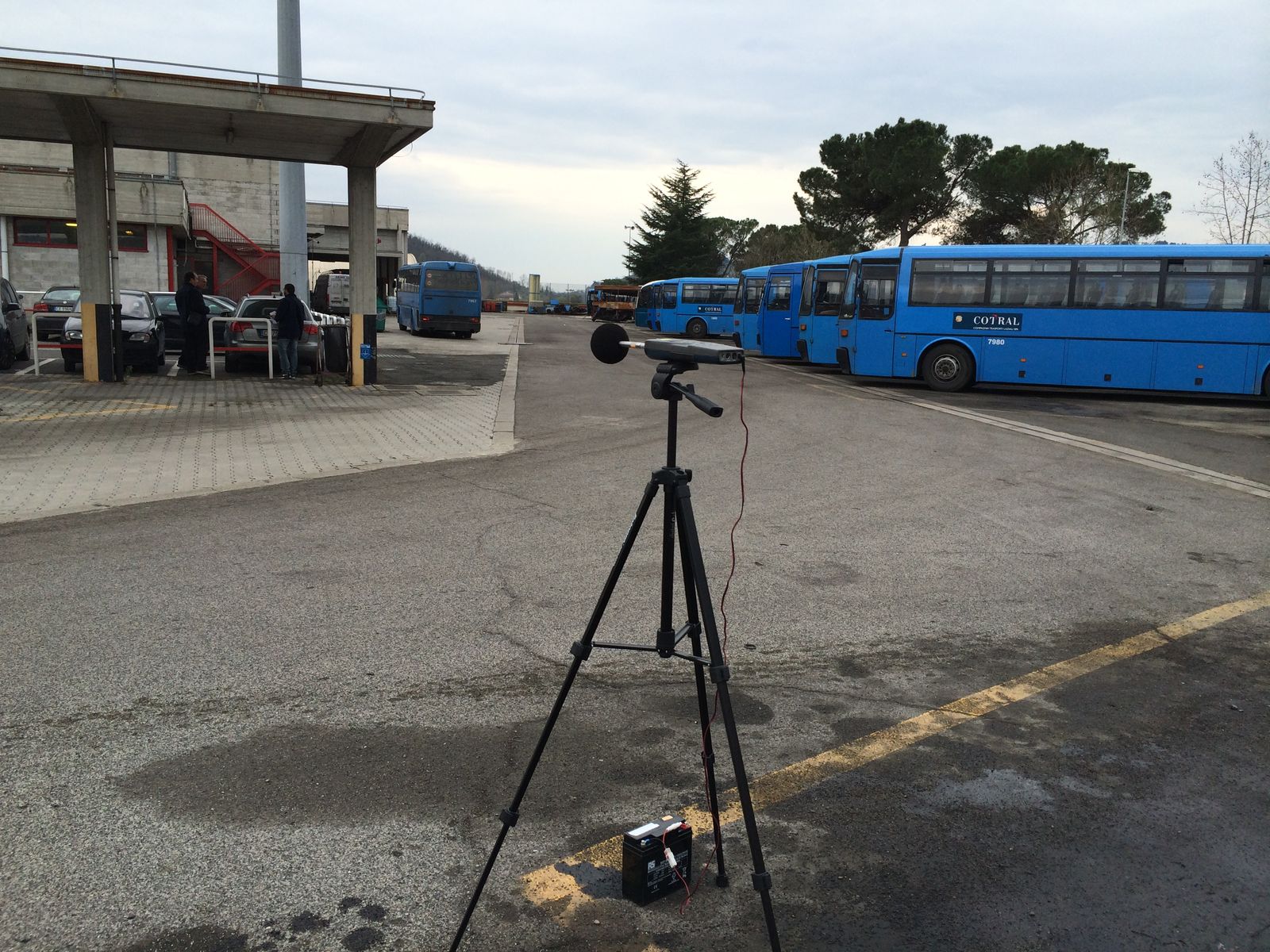 Plants and Depots of CO.TRA.L Transport CompanySettore: Urban Transport
Plants and Depots of CO.TRA.L Transport CompanySettore: Urban Transport -
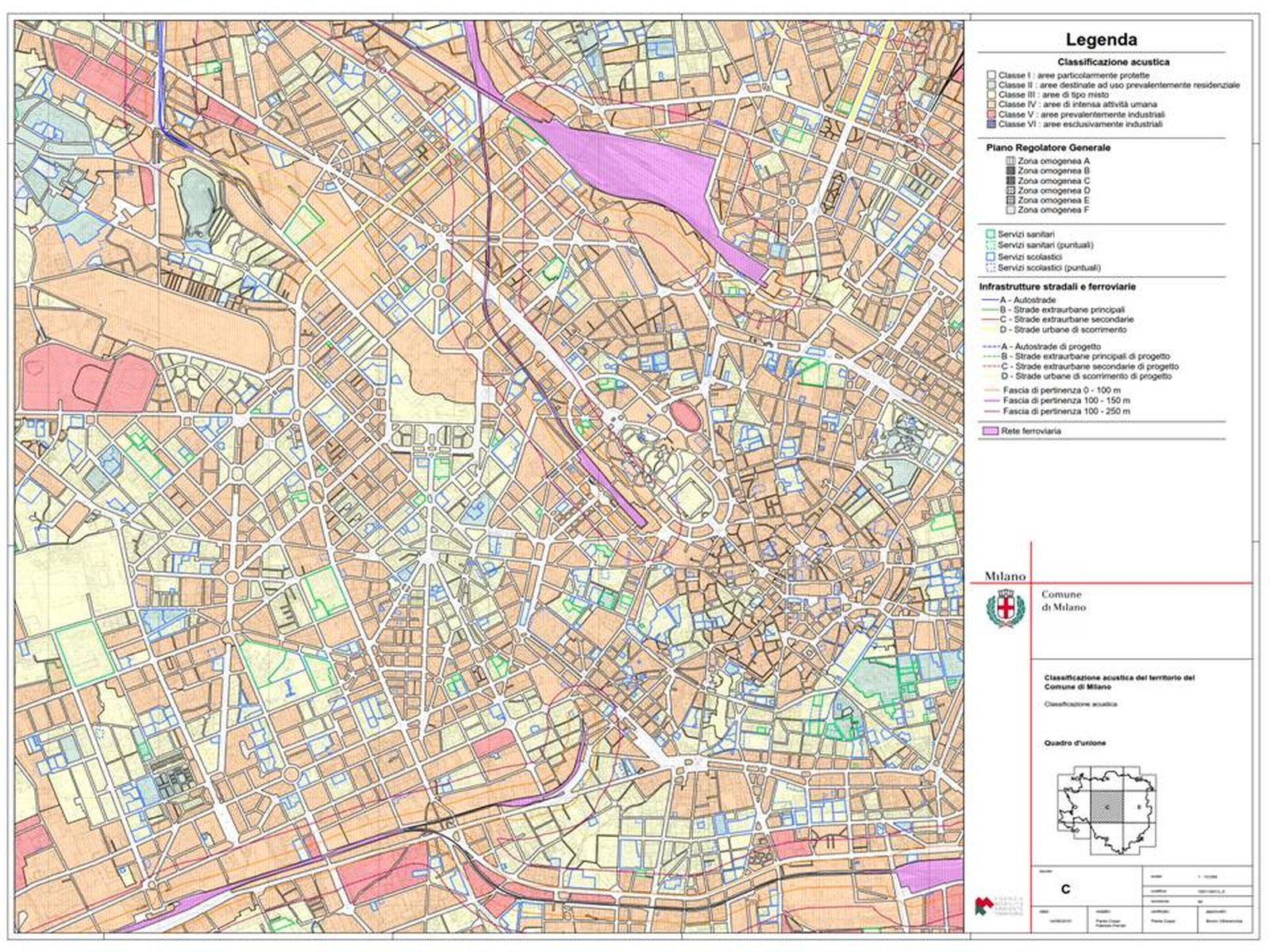 City of Milan – Acoustic Classification PlanSettore: Public Administrations
City of Milan – Acoustic Classification PlanSettore: Public Administrations -
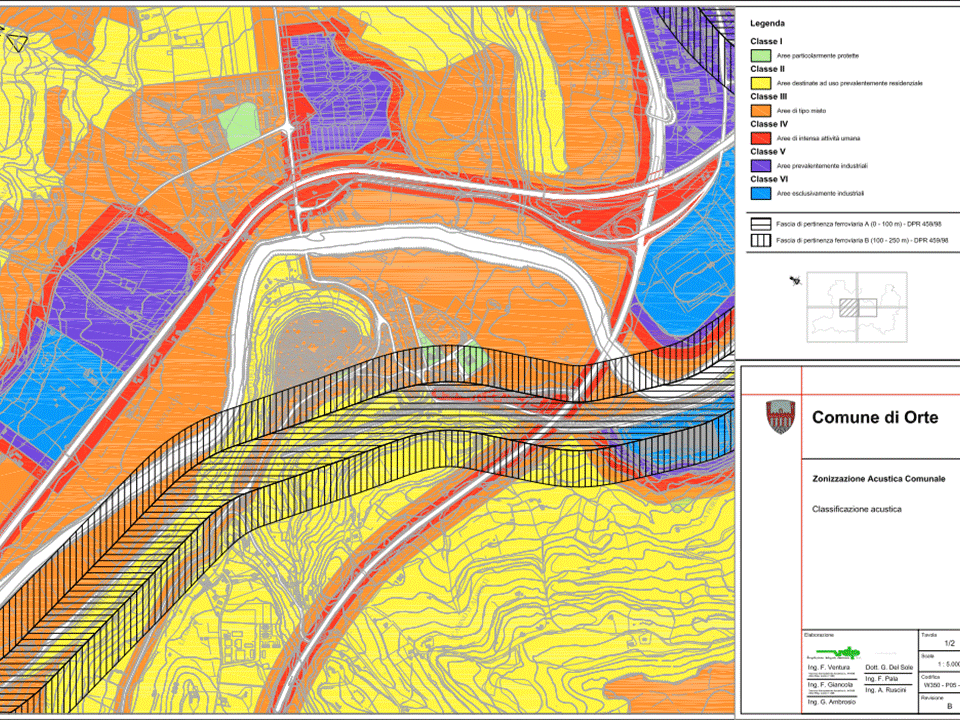 Orte – Acoustic Classification PlanSettore: Public Administrations
Orte – Acoustic Classification PlanSettore: Public Administrations -
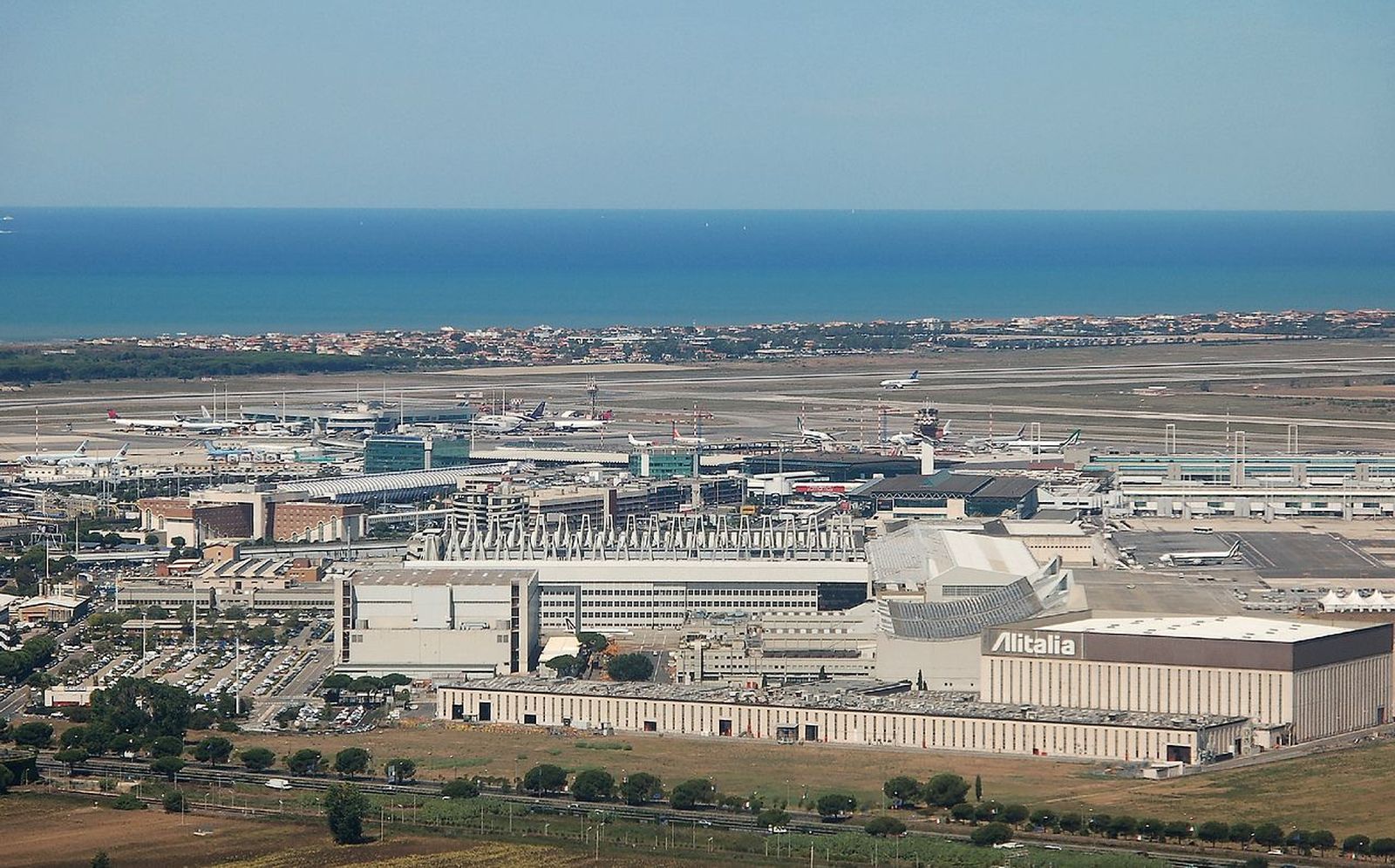 Rome Fiumicino Airport – Development PlanSettore: Airports
Rome Fiumicino Airport – Development PlanSettore: Airports -
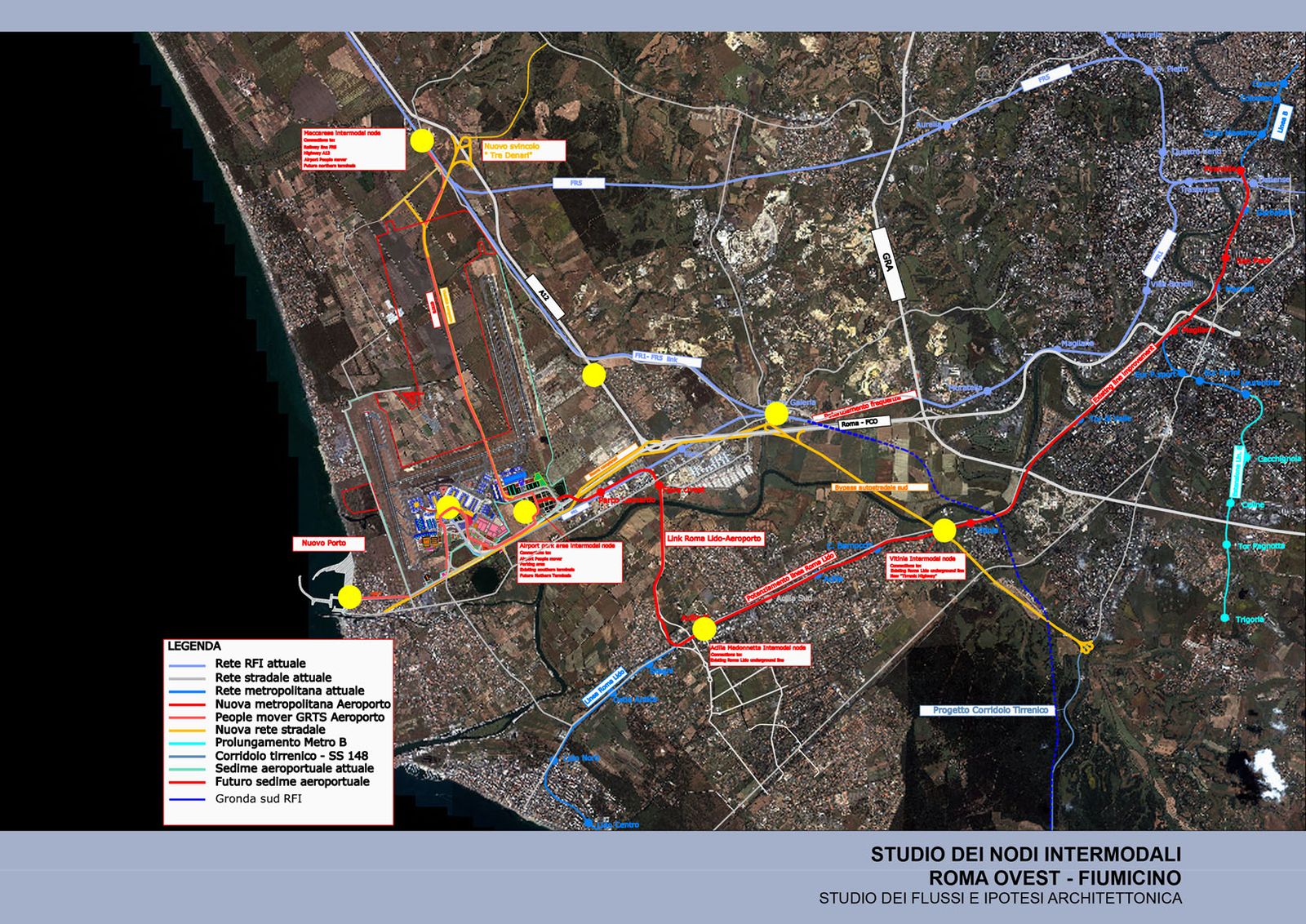 Rome Fiumicino Airport – Specific Environmental StudiesSettore: Airports
Rome Fiumicino Airport – Specific Environmental StudiesSettore: Airports -
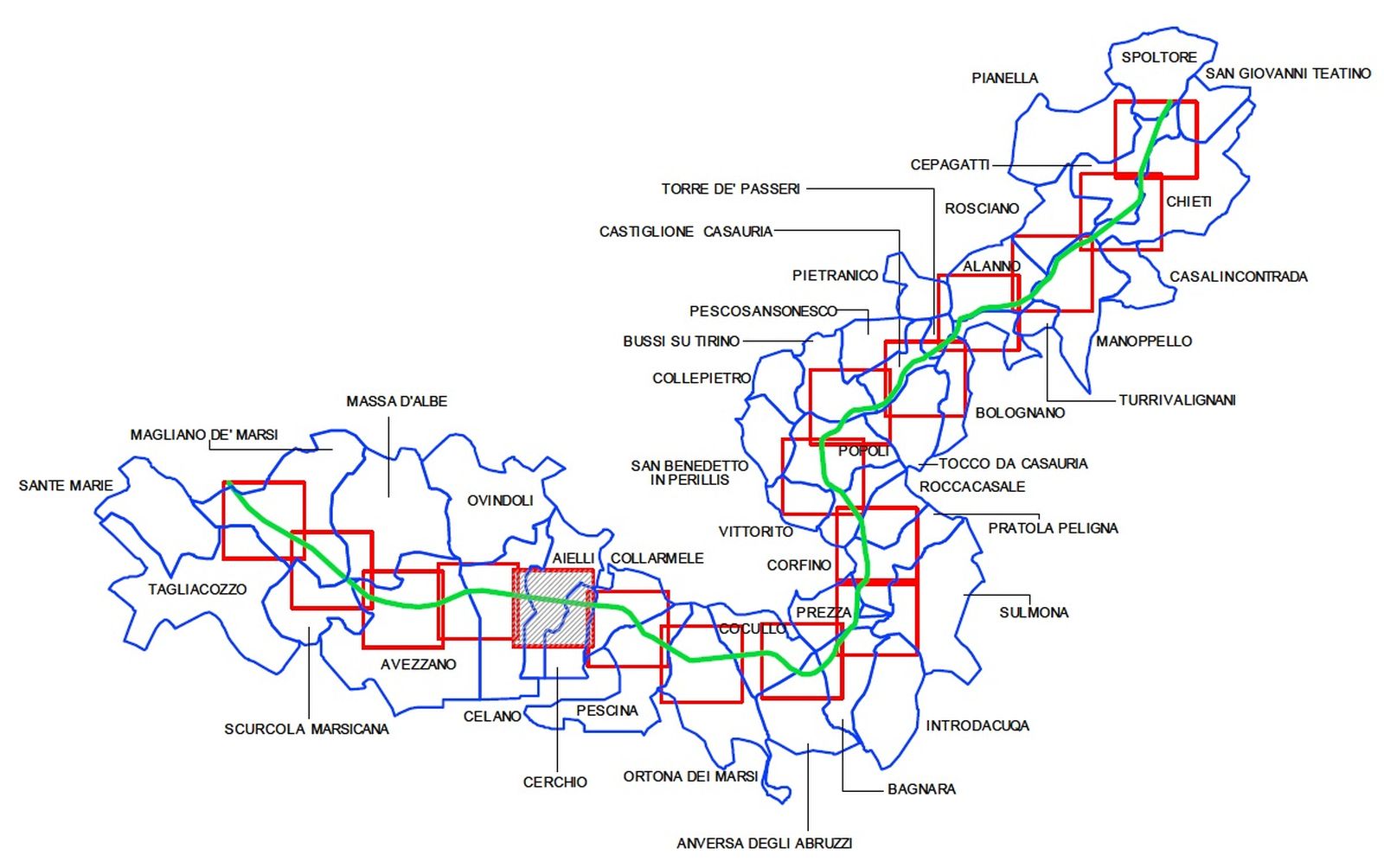 Acoustic Mapping – “Strada dei Parchi” MotorwaySettore: Roads & Highways
Acoustic Mapping – “Strada dei Parchi” MotorwaySettore: Roads & Highways -
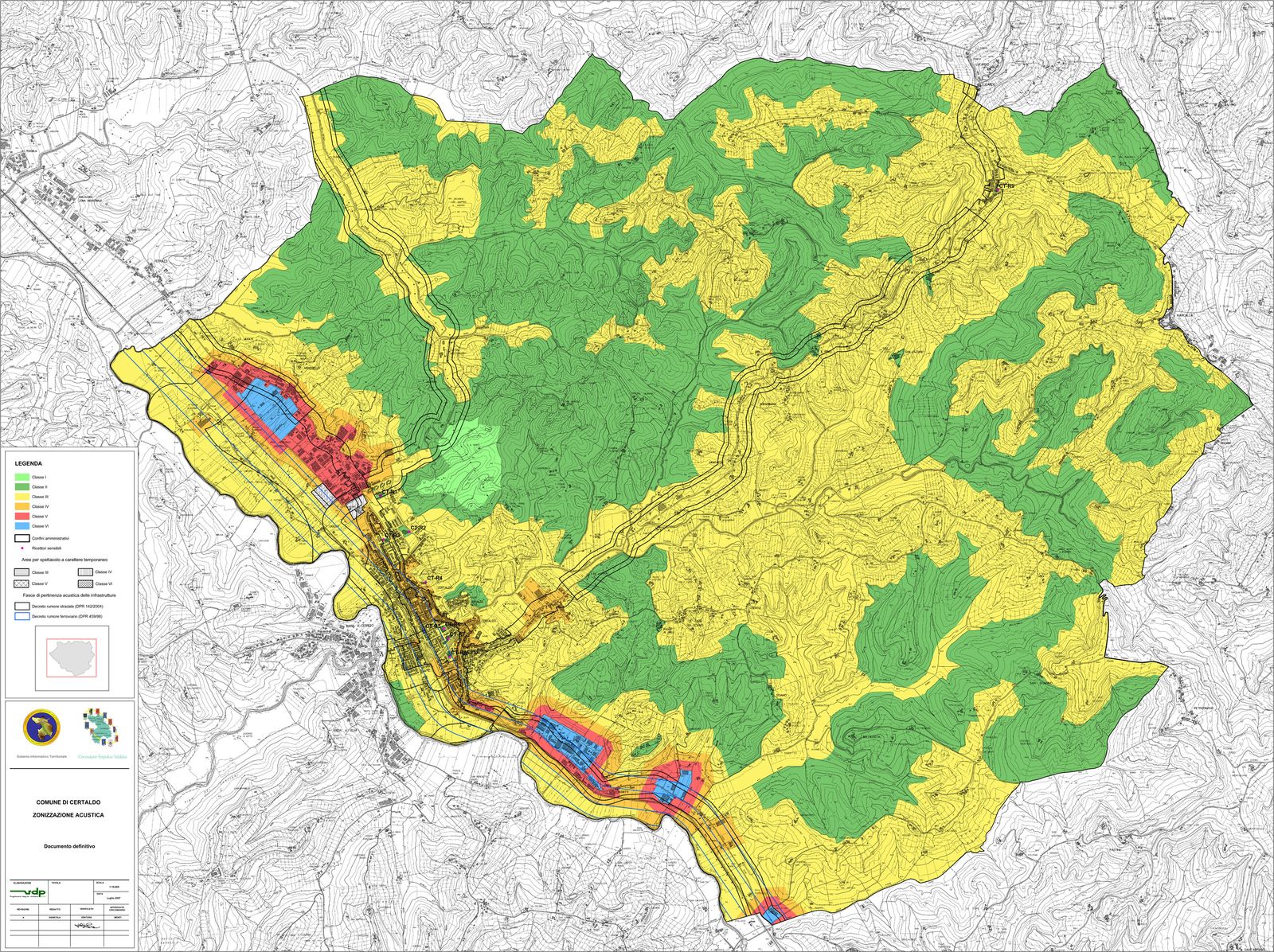 Acoustic Classification of Circondario Empolese ValdelsaSettore: Public Administrations
Acoustic Classification of Circondario Empolese ValdelsaSettore: Public Administrations -
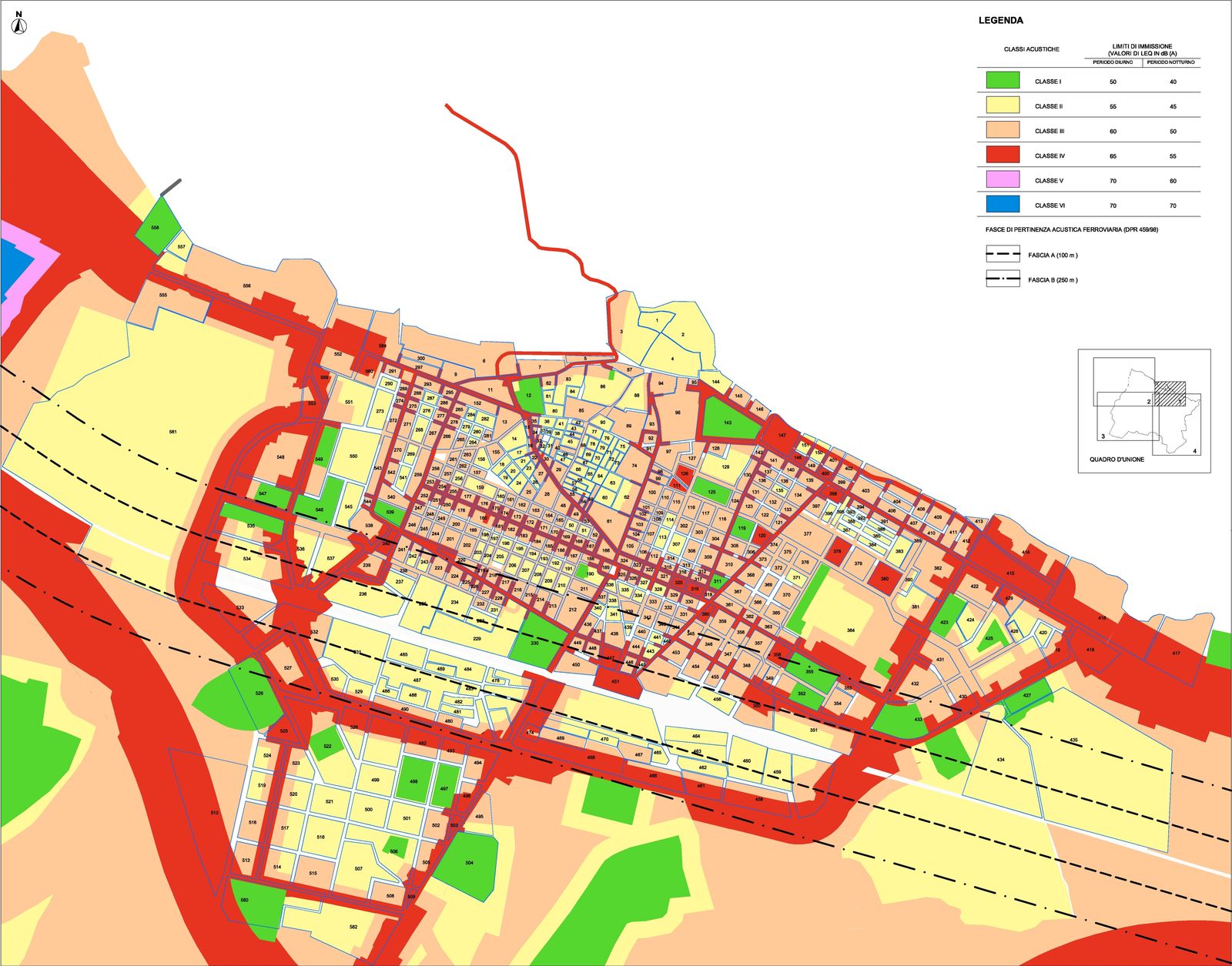 Molfetta Municipality Acoustic Classification/Mitigation PlanSettore: Public Administrations
Molfetta Municipality Acoustic Classification/Mitigation PlanSettore: Public Administrations -
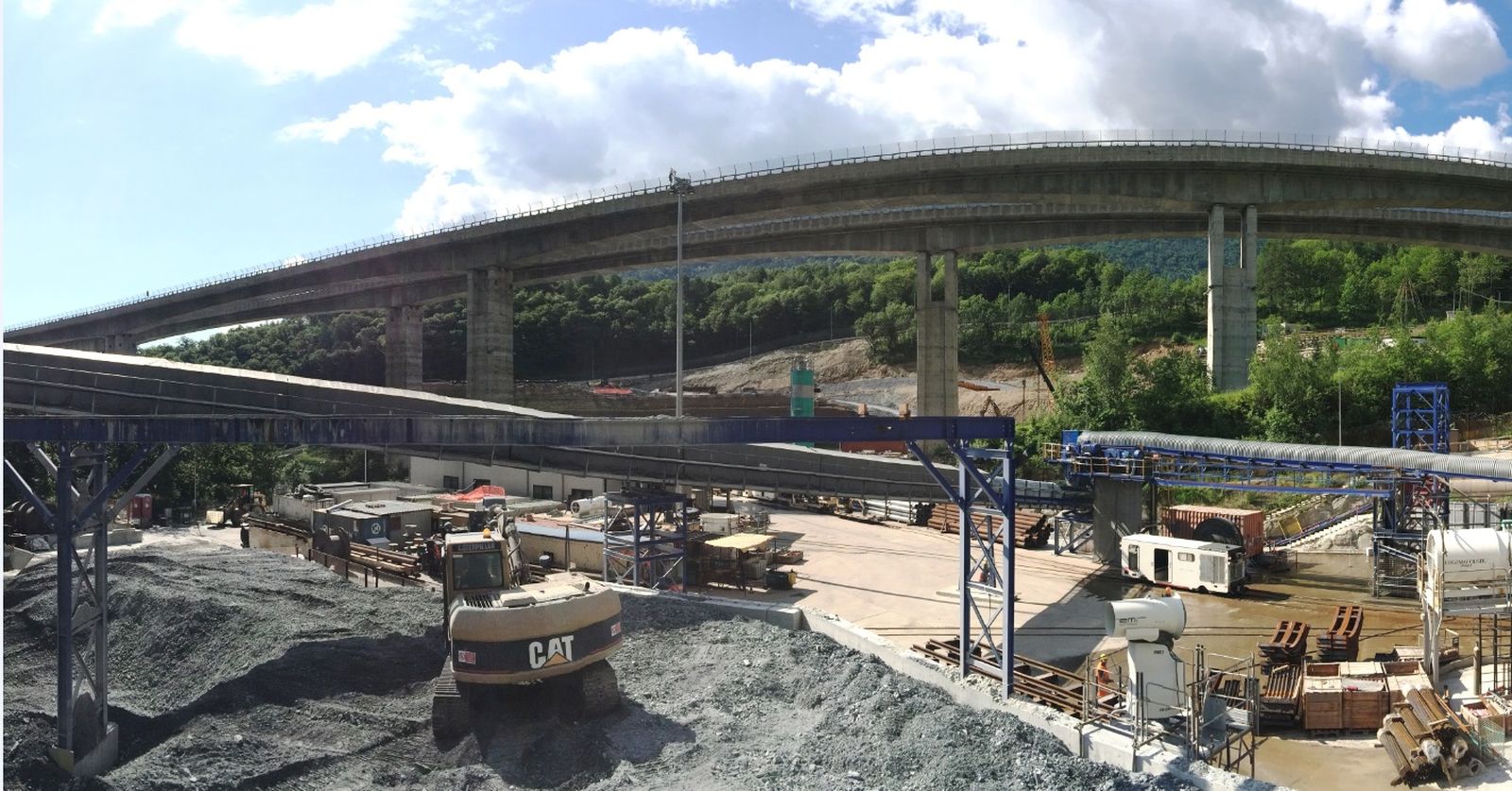 Turin–Lyon High Speed Railway LineSettore: Railways & Station
Turin–Lyon High Speed Railway LineSettore: Railways & Station -
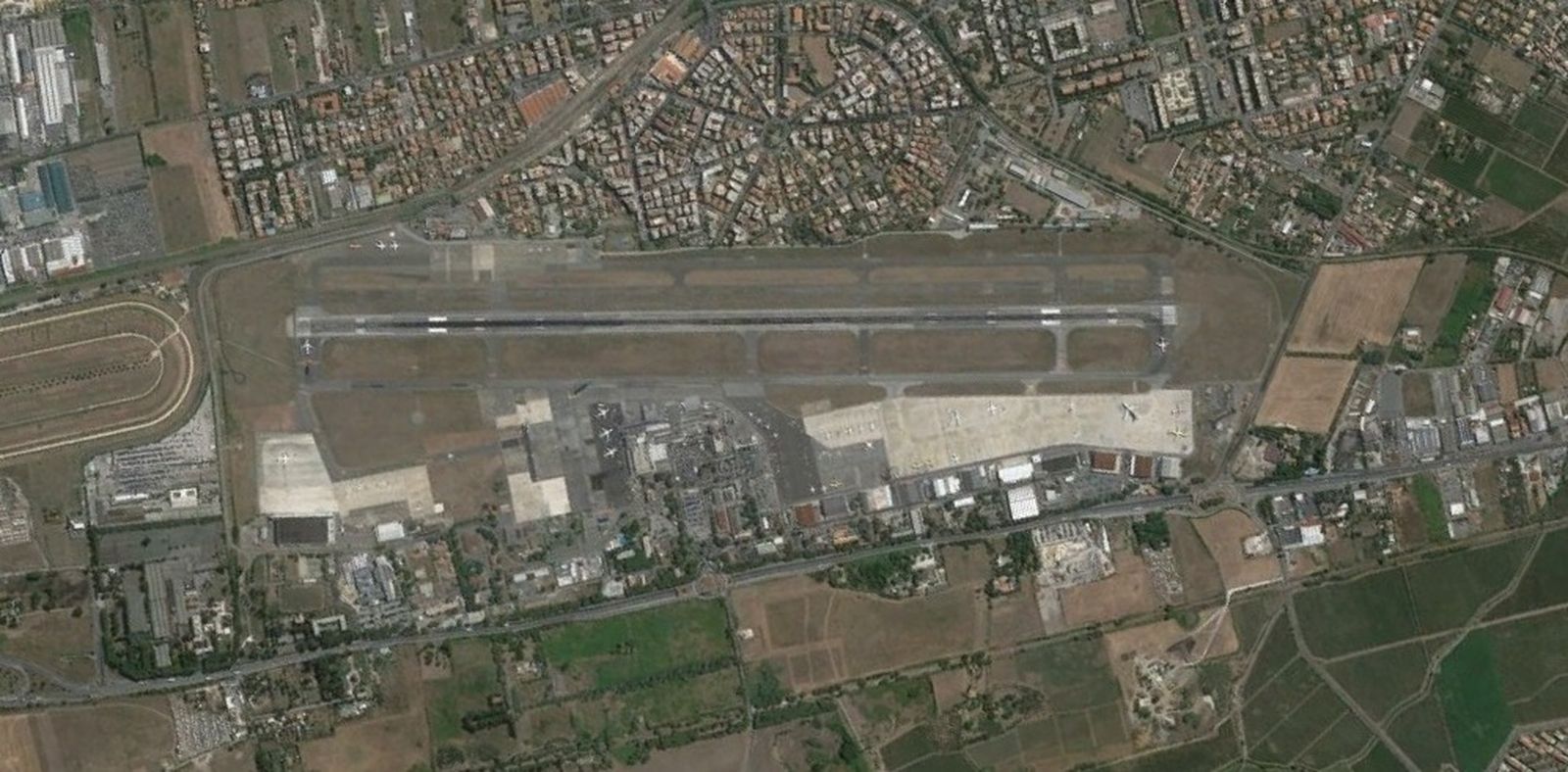 Rome Ciampino AirportSettore: Airports
Rome Ciampino AirportSettore: Airports -
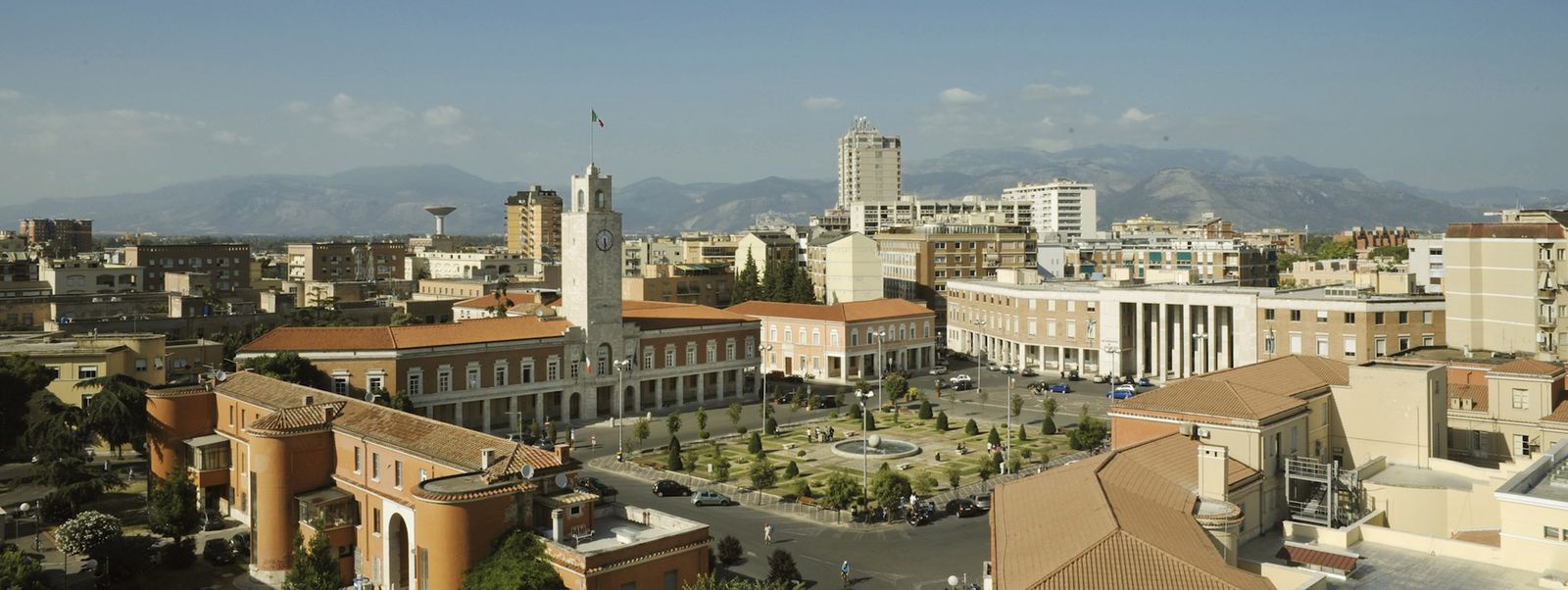 Strategic Noise Mapping of Municipality of LatinaSettore: Public Administrations
Strategic Noise Mapping of Municipality of LatinaSettore: Public Administrations -
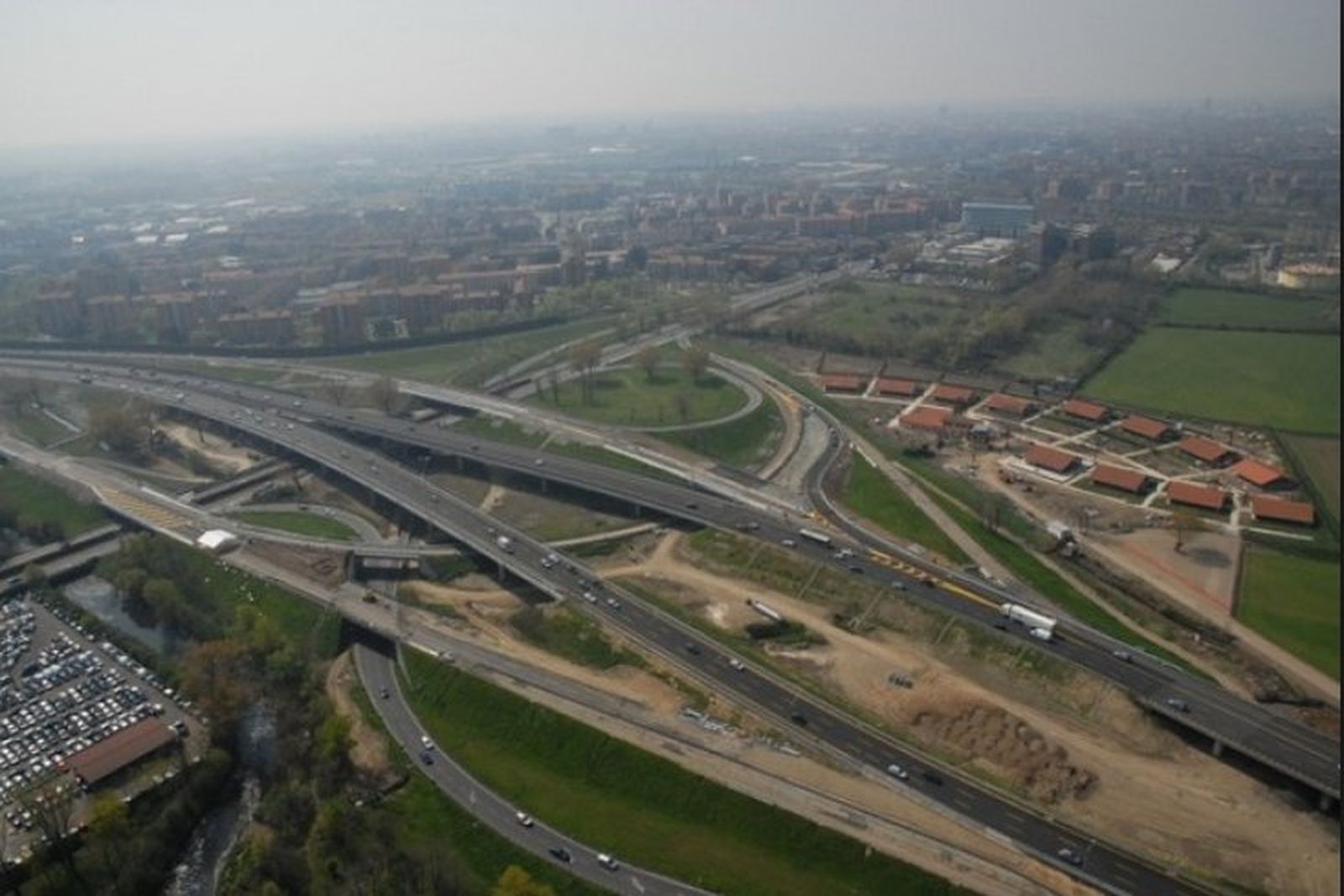 Forlanini Junction – Milan Eastern Ring RoadSettore: Roads & Highways
Forlanini Junction – Milan Eastern Ring RoadSettore: Roads & Highways -
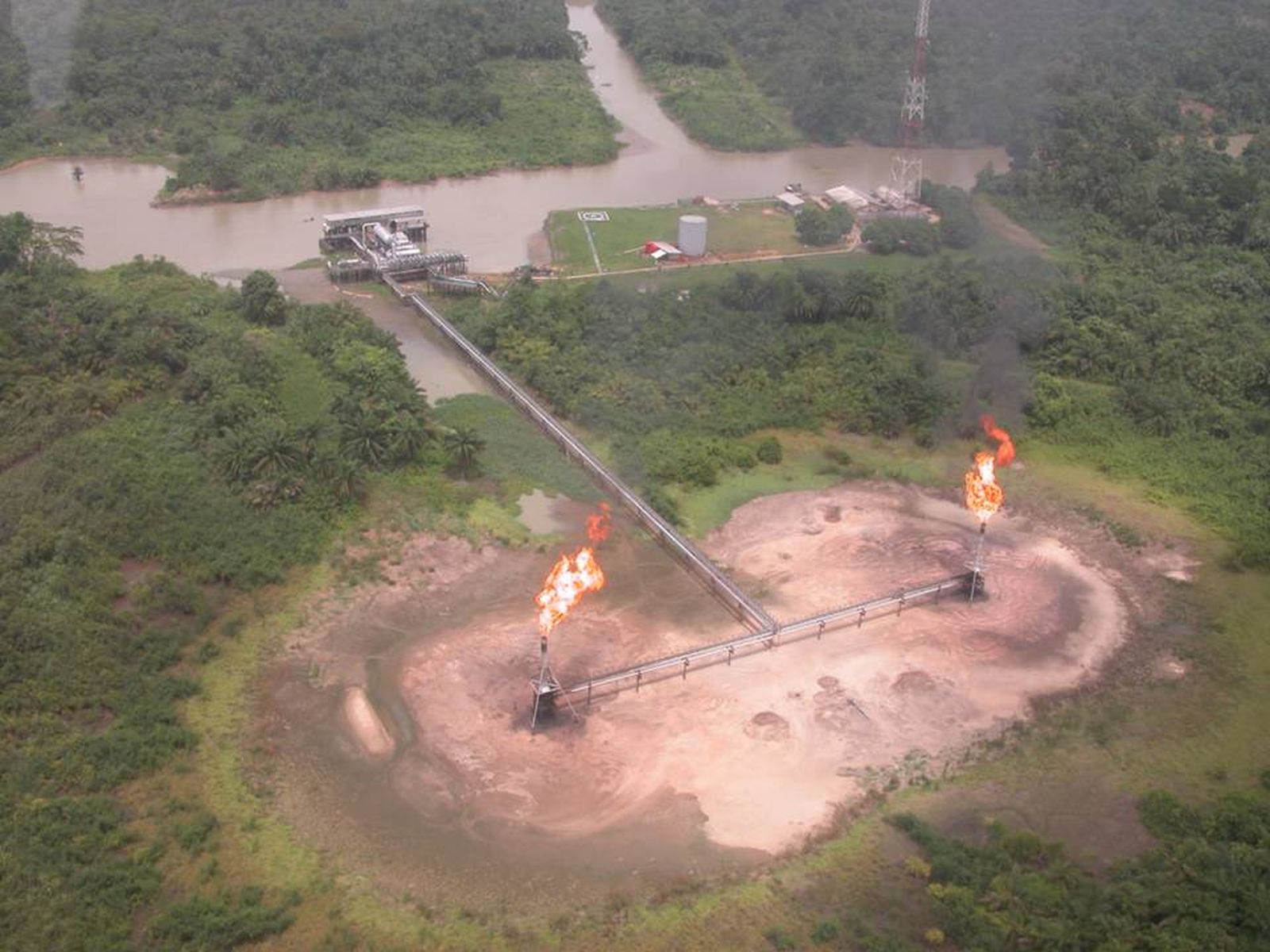 Clough-Kwale-Oshie (Nigeria) Oil Extraction PlantsSettore: Energy Infrastructures
Clough-Kwale-Oshie (Nigeria) Oil Extraction PlantsSettore: Energy Infrastructures -
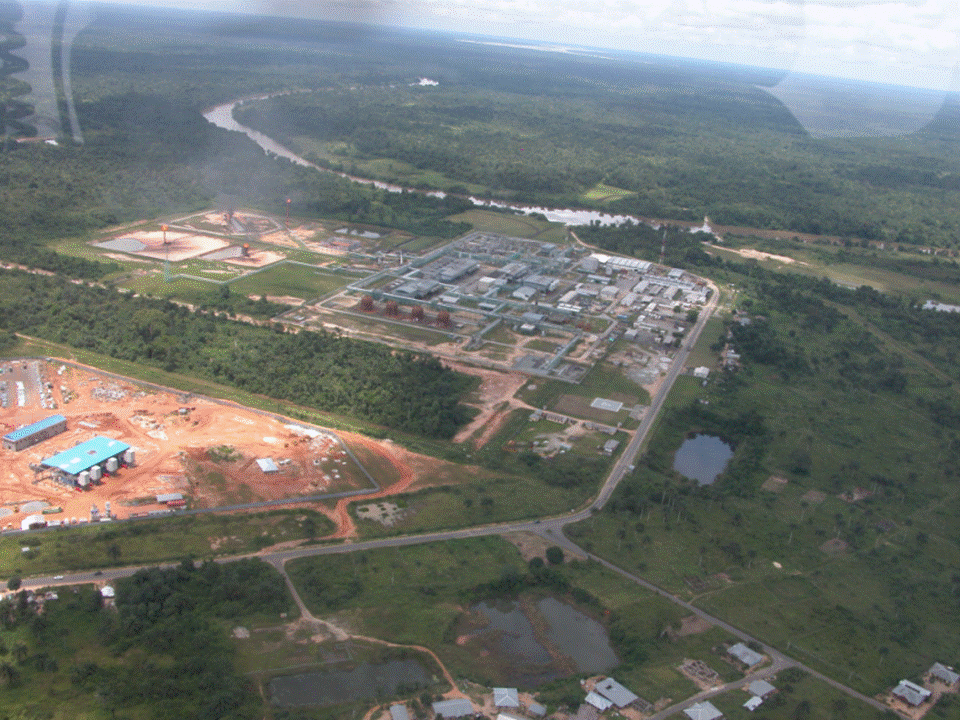 Obi Obi (Nigeria) Oil Extraction PlantSettore: Energy Infrastructures
Obi Obi (Nigeria) Oil Extraction PlantSettore: Energy Infrastructures -
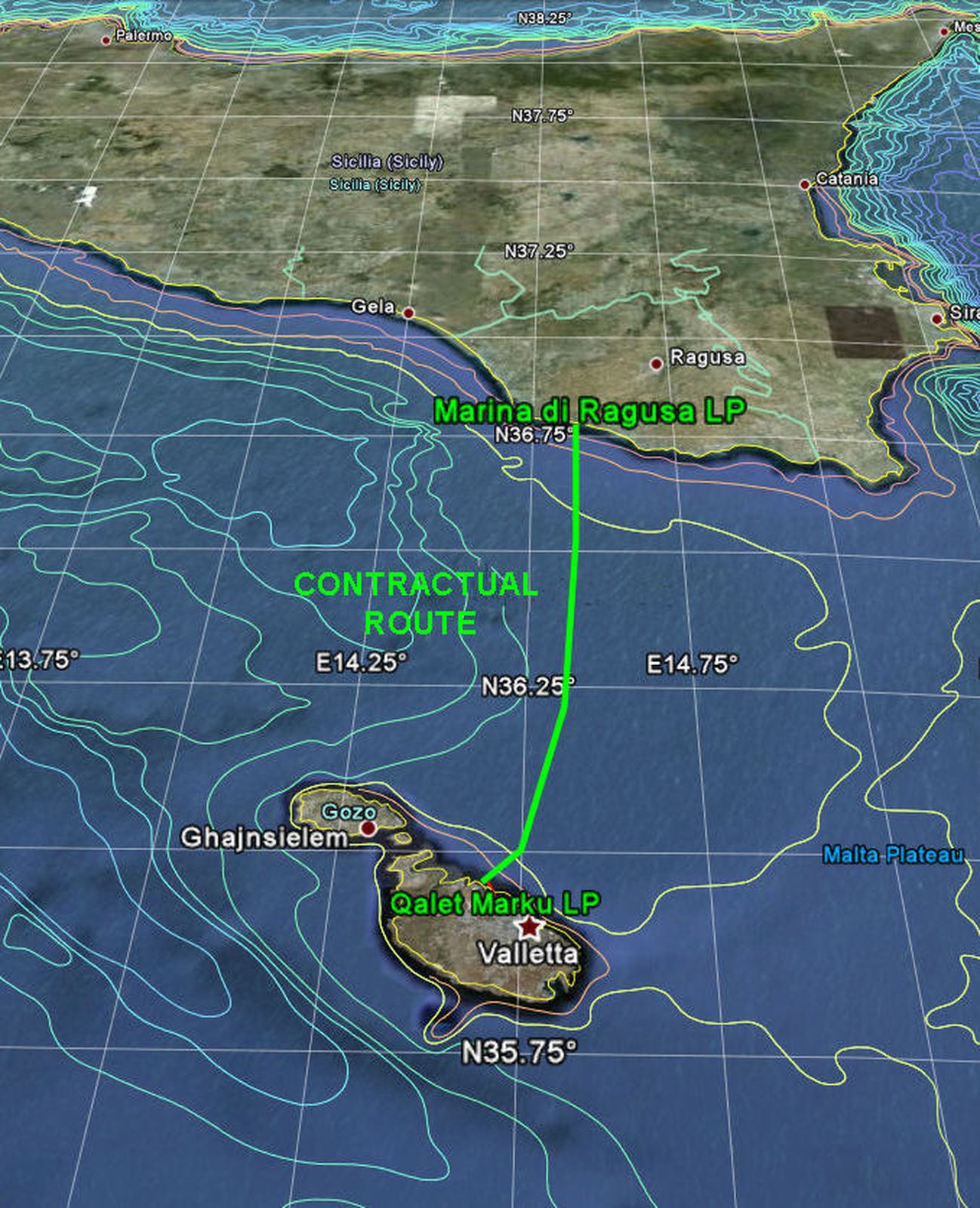 220 kV Italy – Malta submarine interconnector – EISSettore: Energy Infrastructures
220 kV Italy – Malta submarine interconnector – EISSettore: Energy Infrastructures -
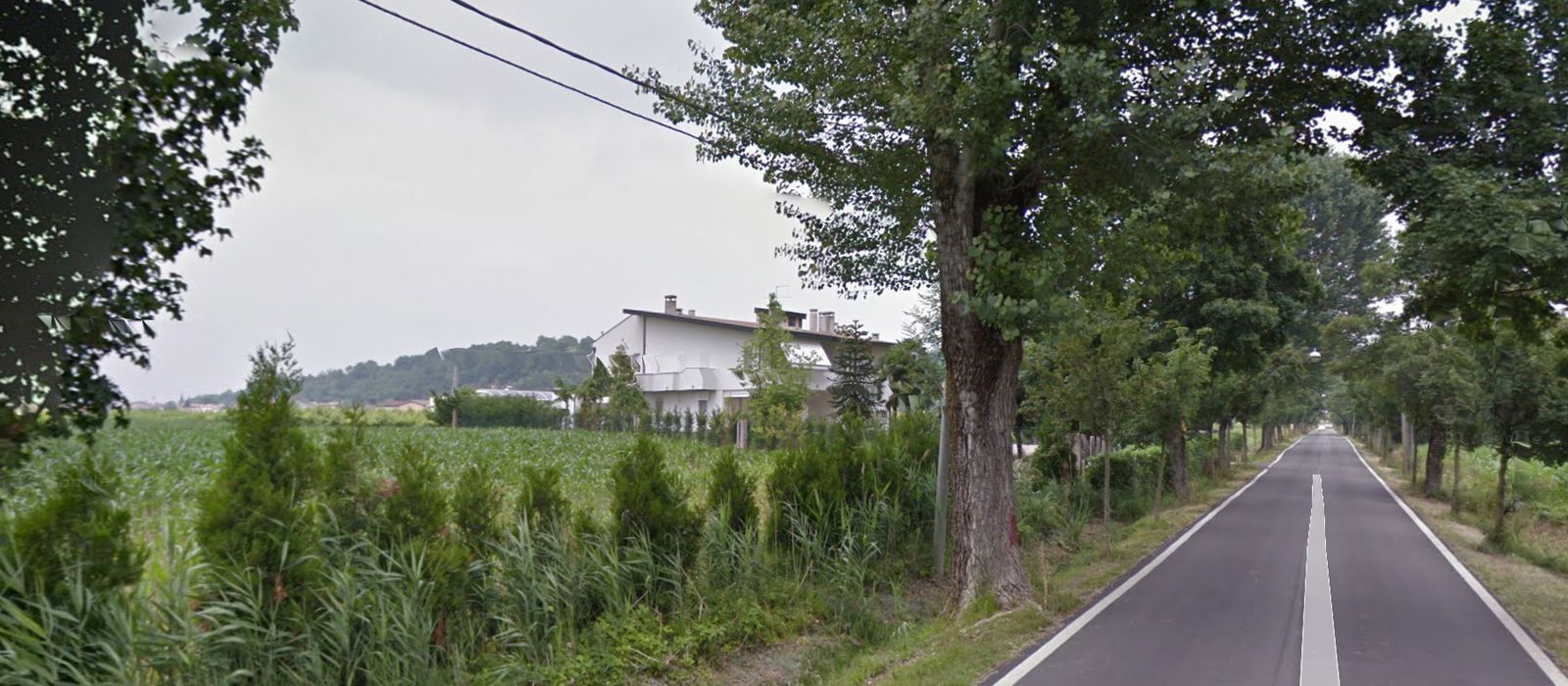 Vicenza Ring Road – Preliminary StudySettore: Roads & Highways
Vicenza Ring Road – Preliminary StudySettore: Roads & Highways -
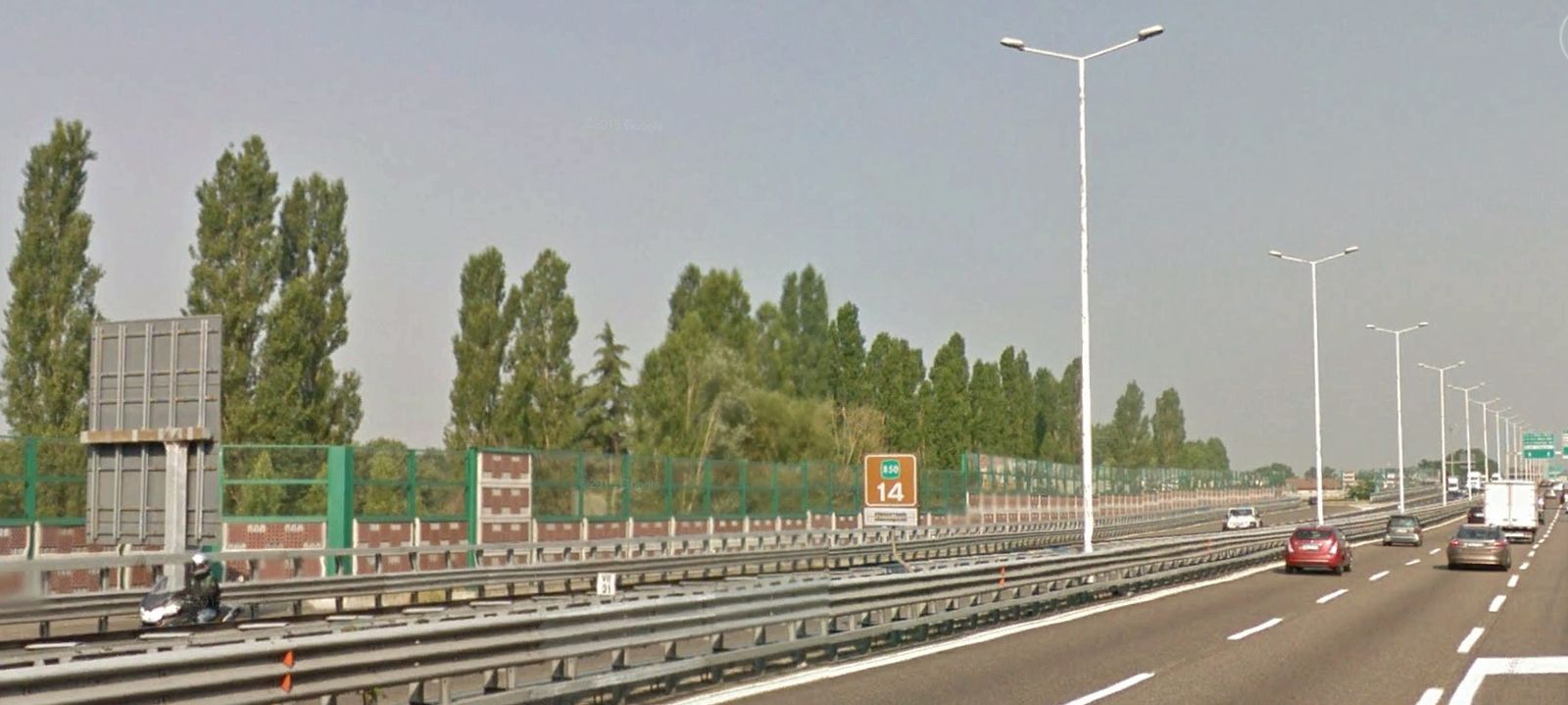 Milan Western Ring Road – Noise MitigationSettore: Roads & Highways
Milan Western Ring Road – Noise MitigationSettore: Roads & Highways -
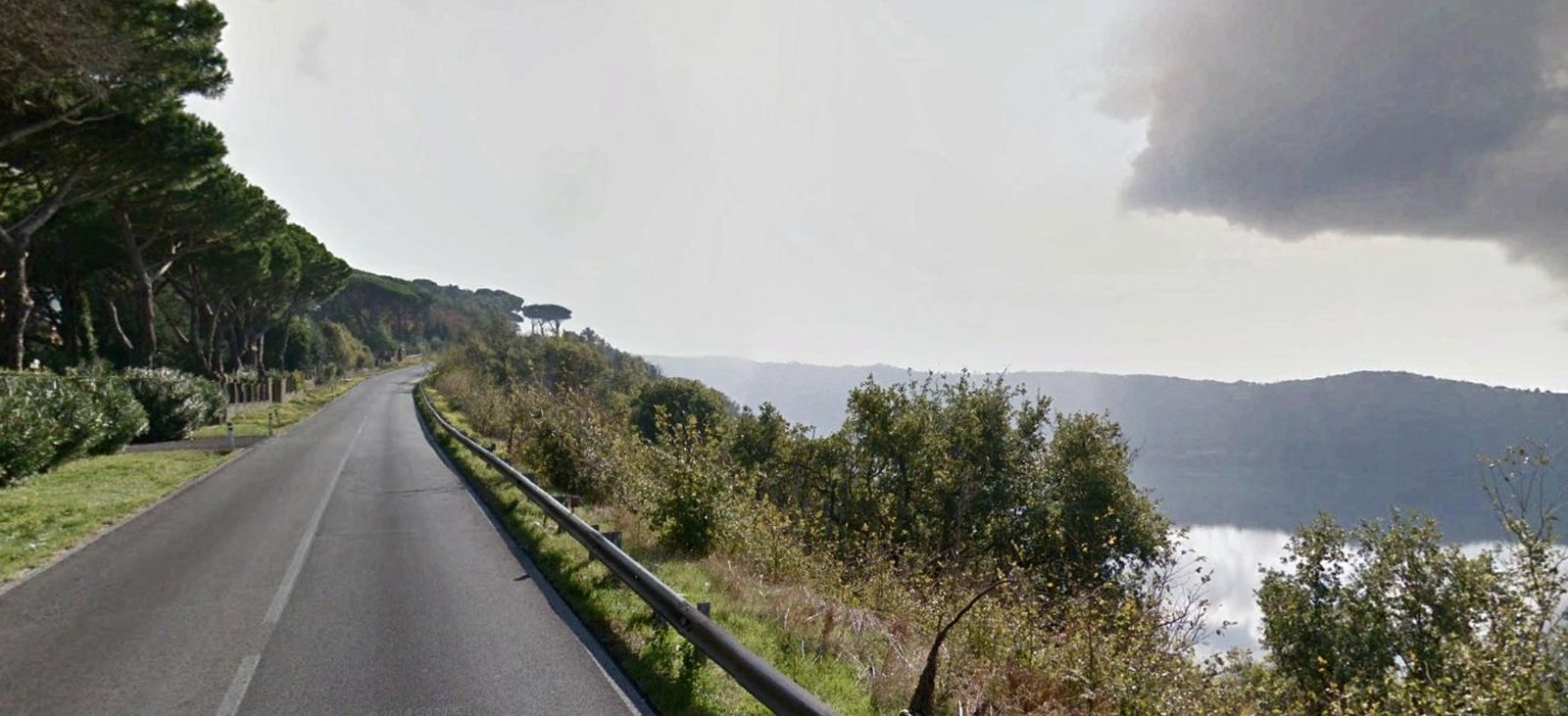 Noise Mitigation Plan – Province of RomeSettore: Roads & Highways
Noise Mitigation Plan – Province of RomeSettore: Roads & Highways -
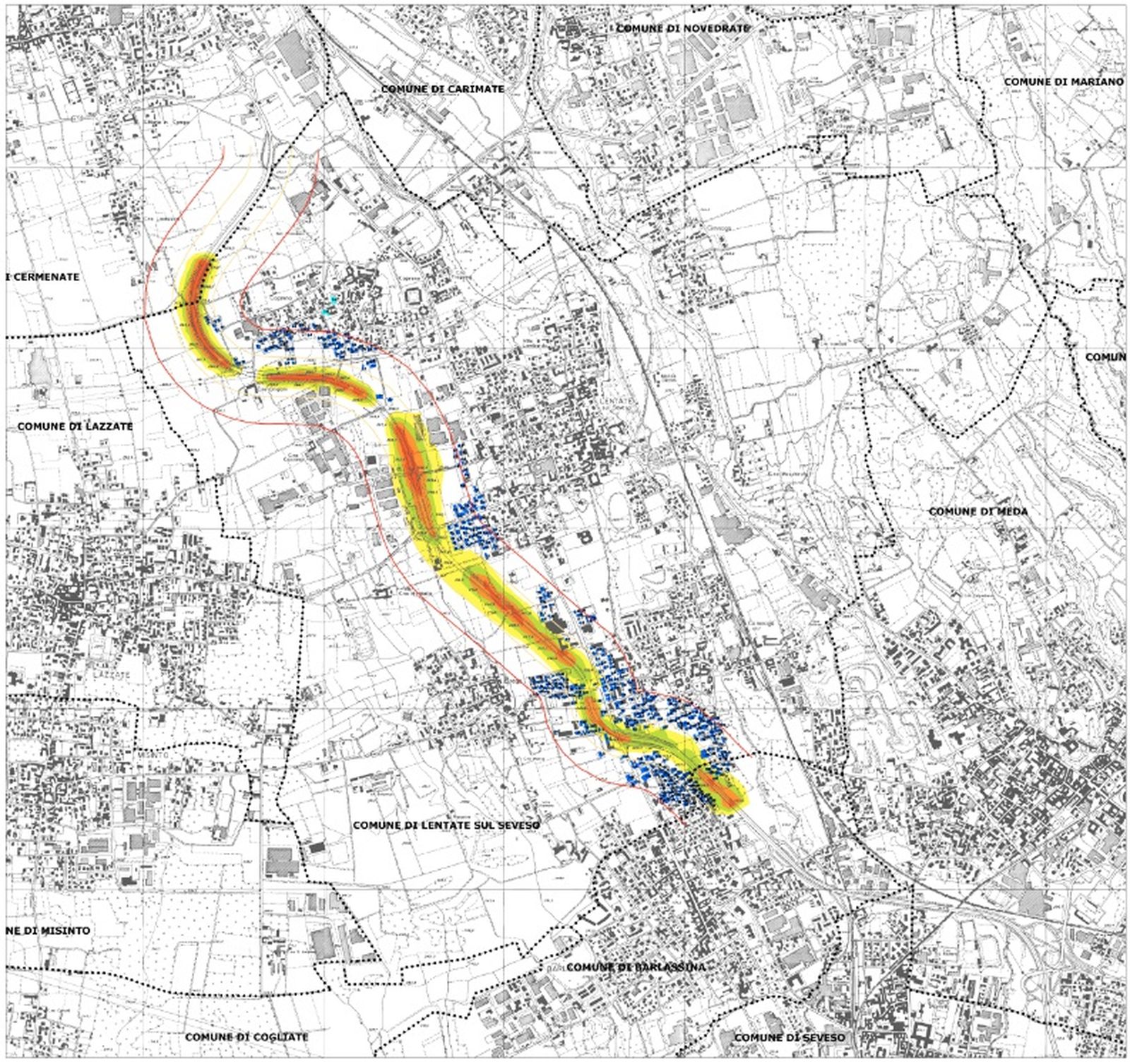 Action Plans – Milano Serravalle S.p.A. highwaysSettore: Roads & Highways
Action Plans – Milano Serravalle S.p.A. highwaysSettore: Roads & Highways -
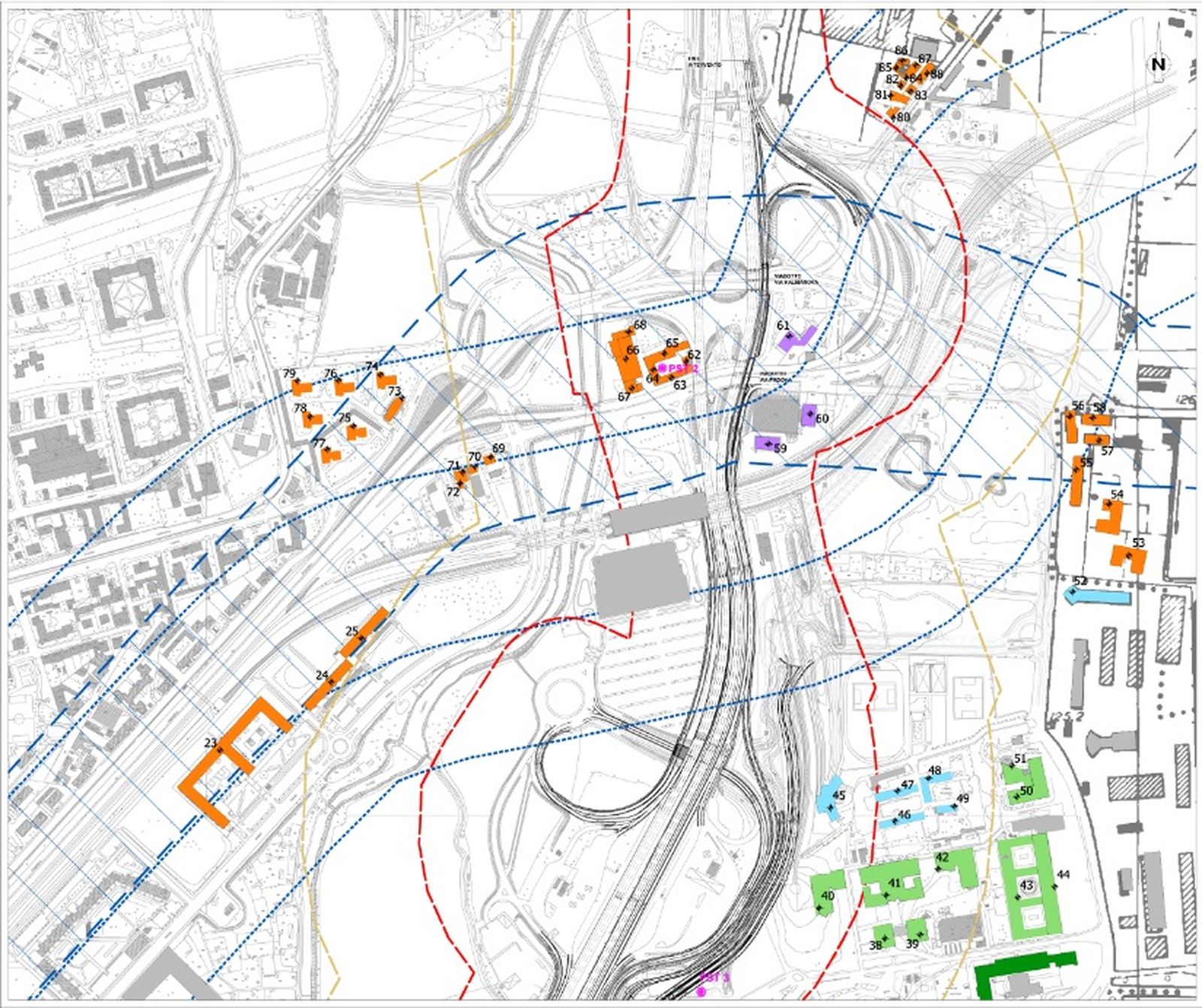 Milan Ring Roads – Noise Mitigation PlansSettore: Roads & Highways
Milan Ring Roads – Noise Mitigation PlansSettore: Roads & Highways -
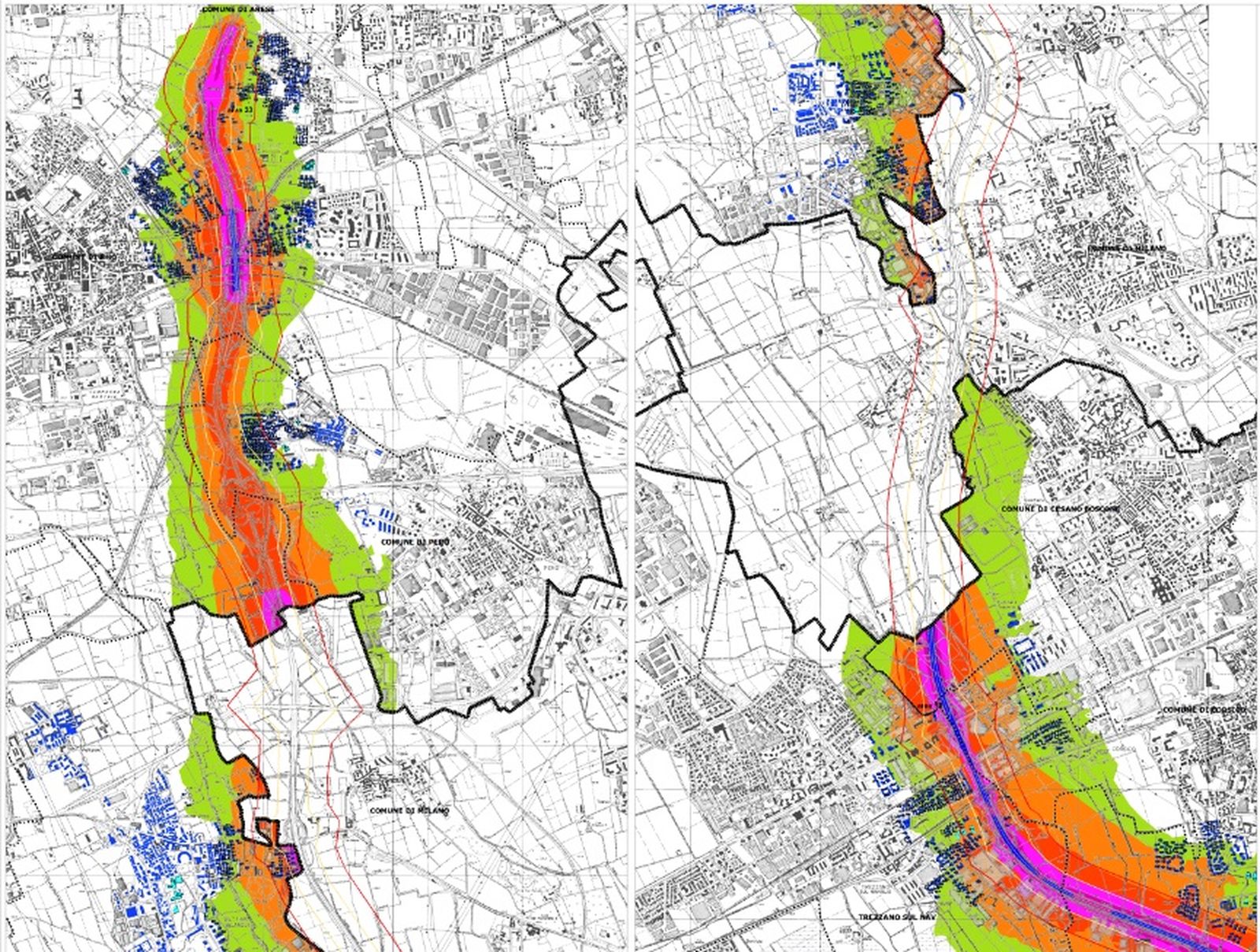 Acoustic Mapping – Milano Serravalle S.p.A. highwaysSettore: Roads & Highways
Acoustic Mapping – Milano Serravalle S.p.A. highwaysSettore: Roads & Highways -
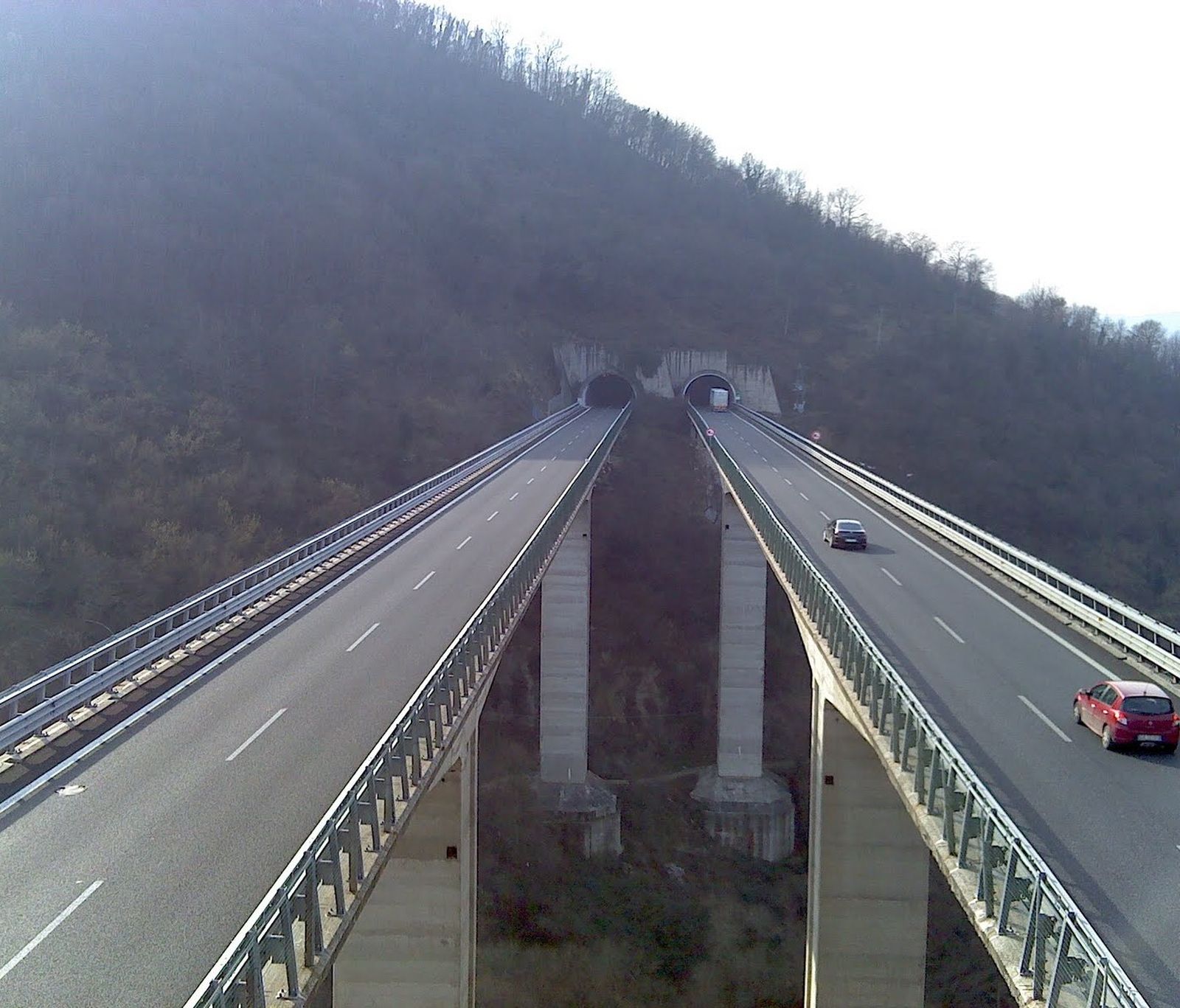 Strada dei Parchi – A24 and A25 HighwaysSettore: Roads & Highways
Strada dei Parchi – A24 and A25 HighwaysSettore: Roads & Highways -
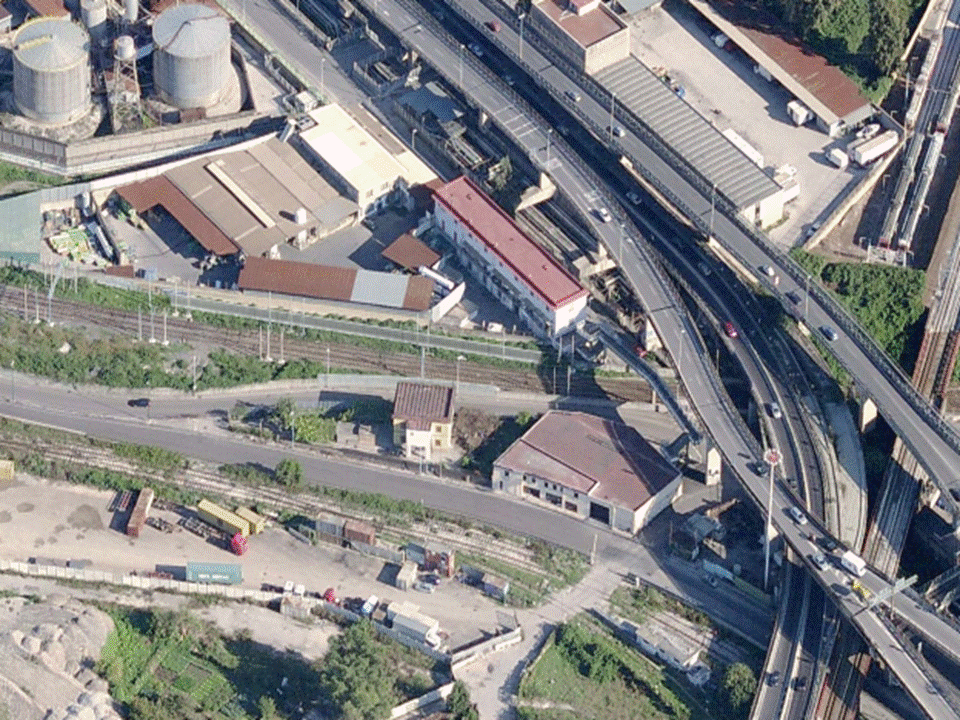 Noise Mitigation Plans in the A3 zone of NaplesSettore: Railways & Station
Noise Mitigation Plans in the A3 zone of NaplesSettore: Railways & Station -
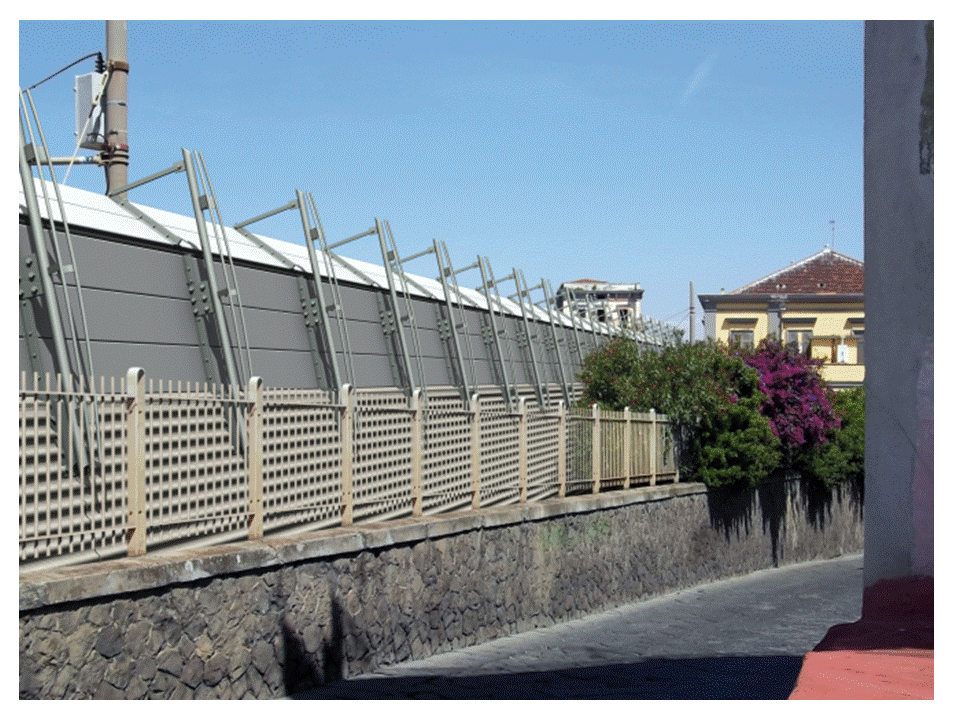 Noise Mitigation Plan for 3 Municipalities in Naples areaSettore: Railways & Station
Noise Mitigation Plan for 3 Municipalities in Naples areaSettore: Railways & Station -
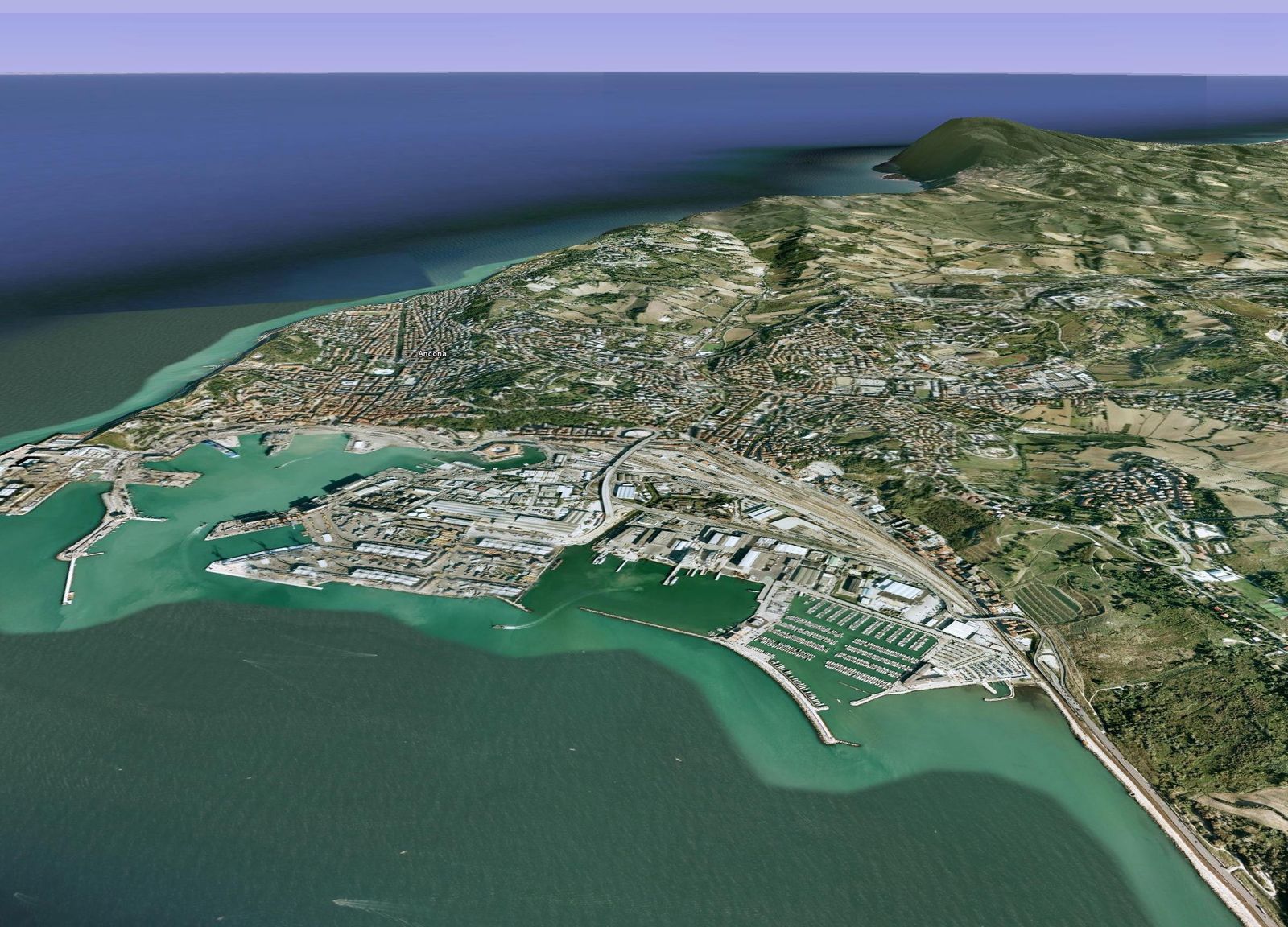 Port of AnconaSettore: Ports and hydraulic projects
Port of AnconaSettore: Ports and hydraulic projects -
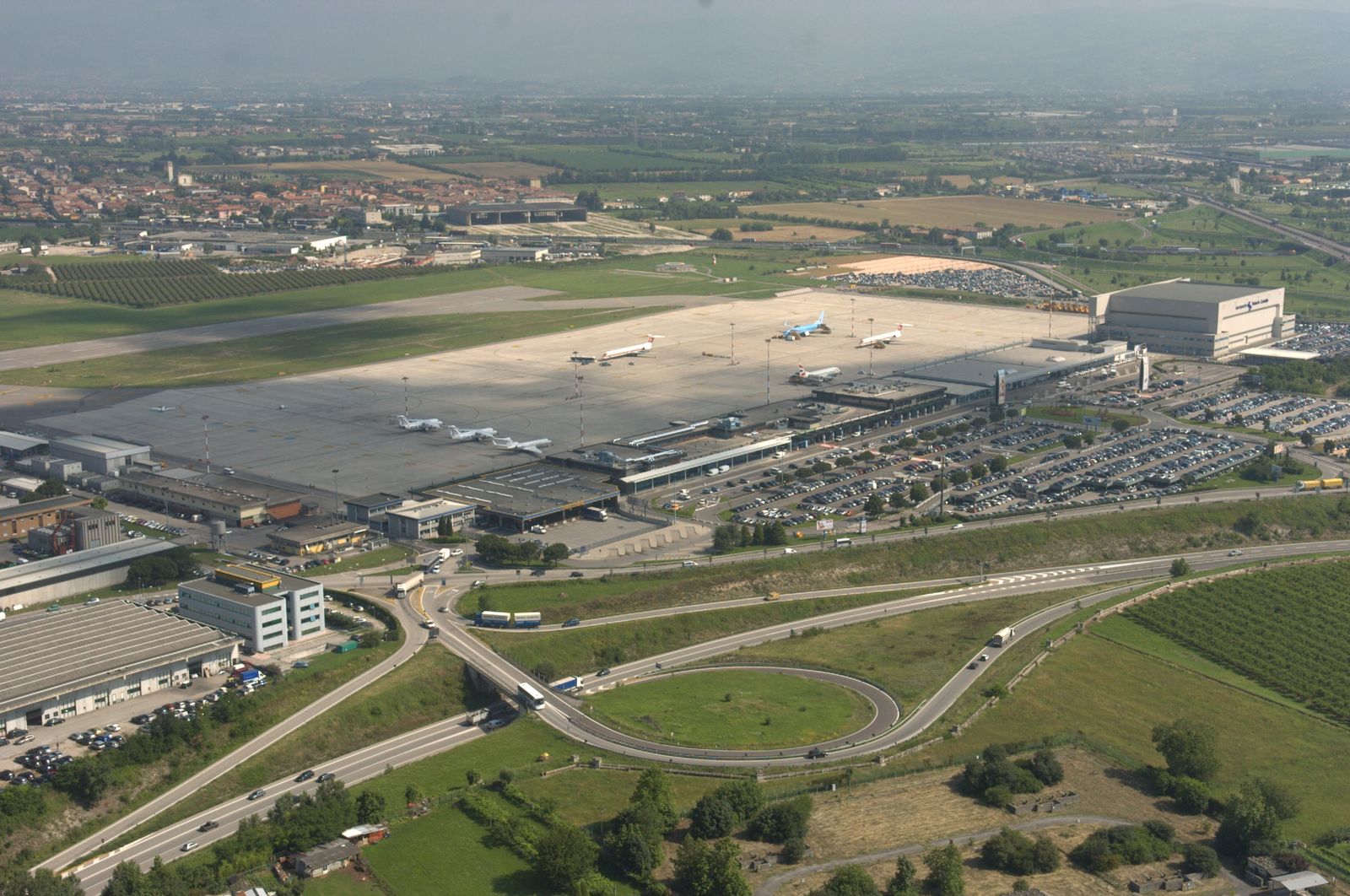 Verona AirportSettore: Airports
Verona AirportSettore: Airports -
 Rivolto (UD) Air Force BaseSettore: Airports
Rivolto (UD) Air Force BaseSettore: Airports -
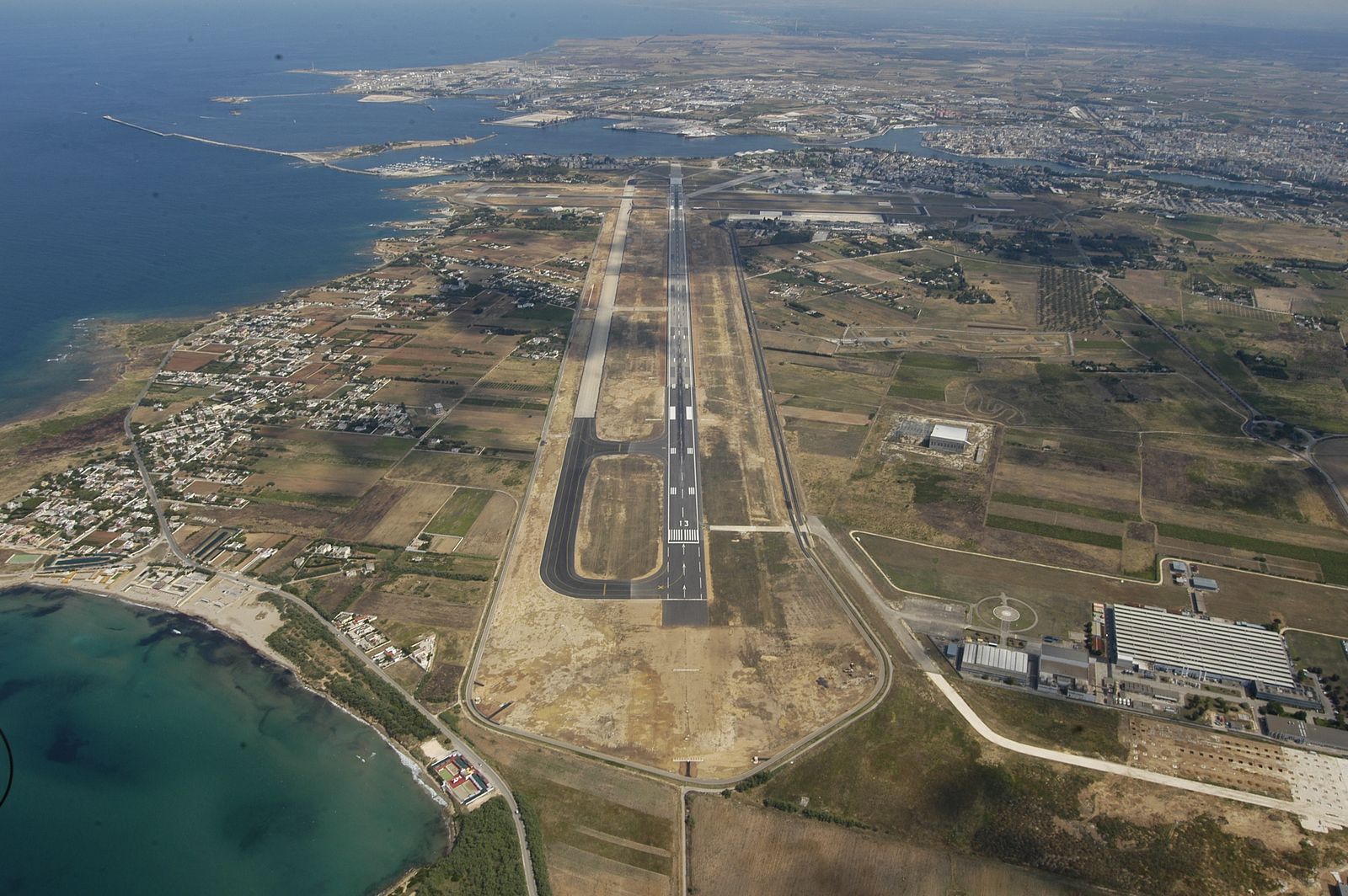 Brindisi AirportSettore: Airports
Brindisi AirportSettore: Airports -
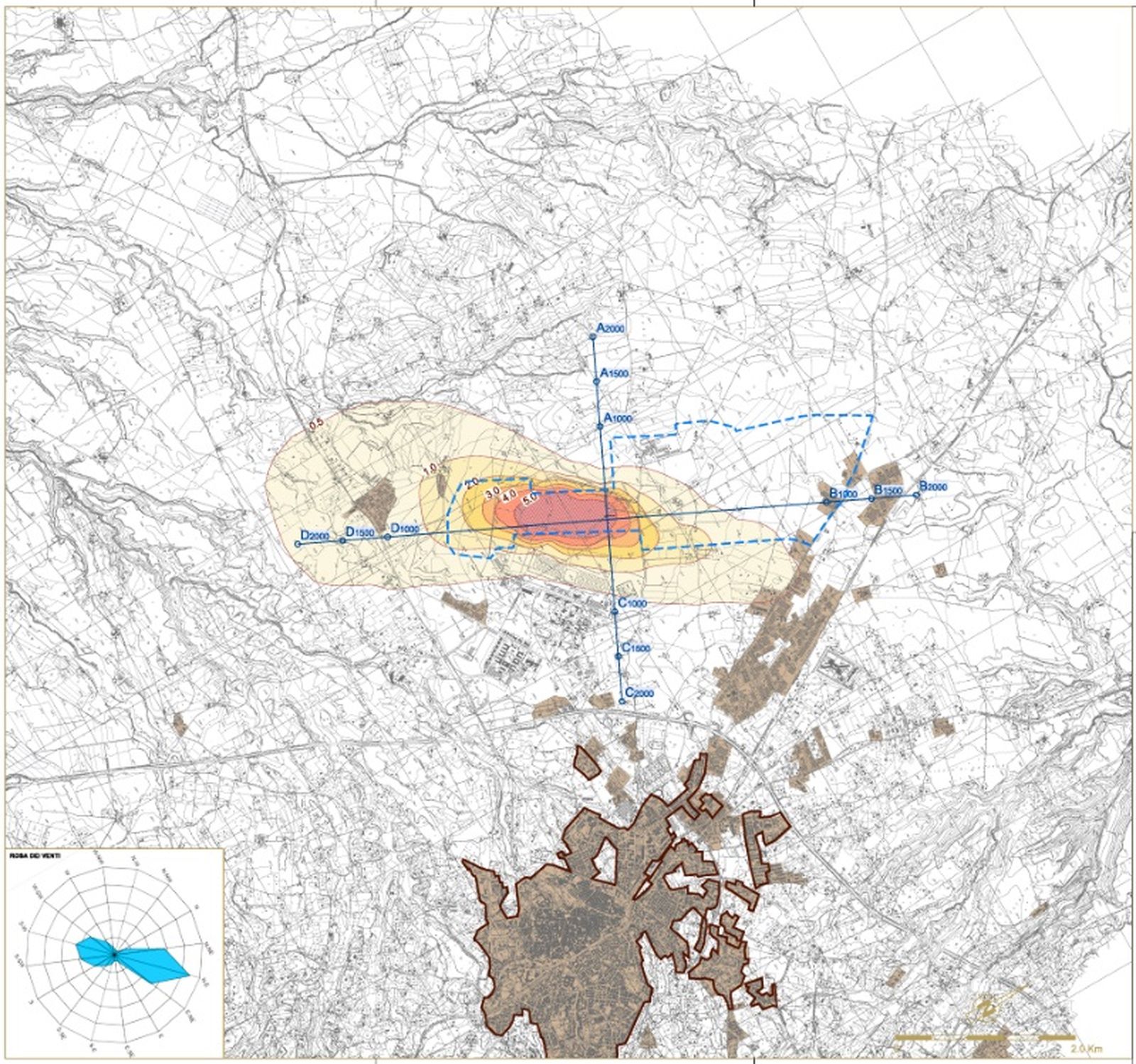 Viterbo Airport HubSettore: Airports
Viterbo Airport HubSettore: Airports -
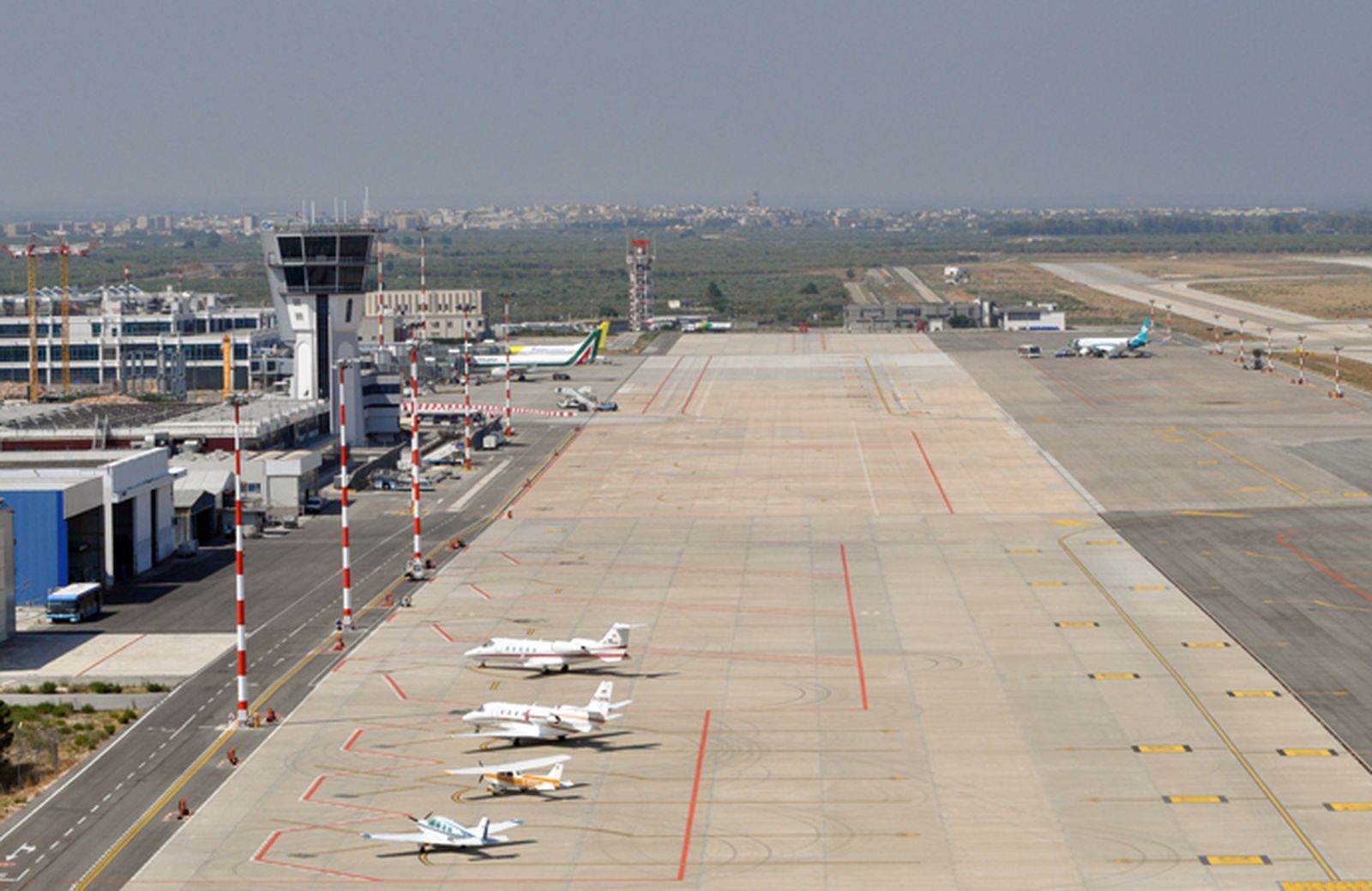 Bari AirportSettore: Airports
Bari AirportSettore: Airports -
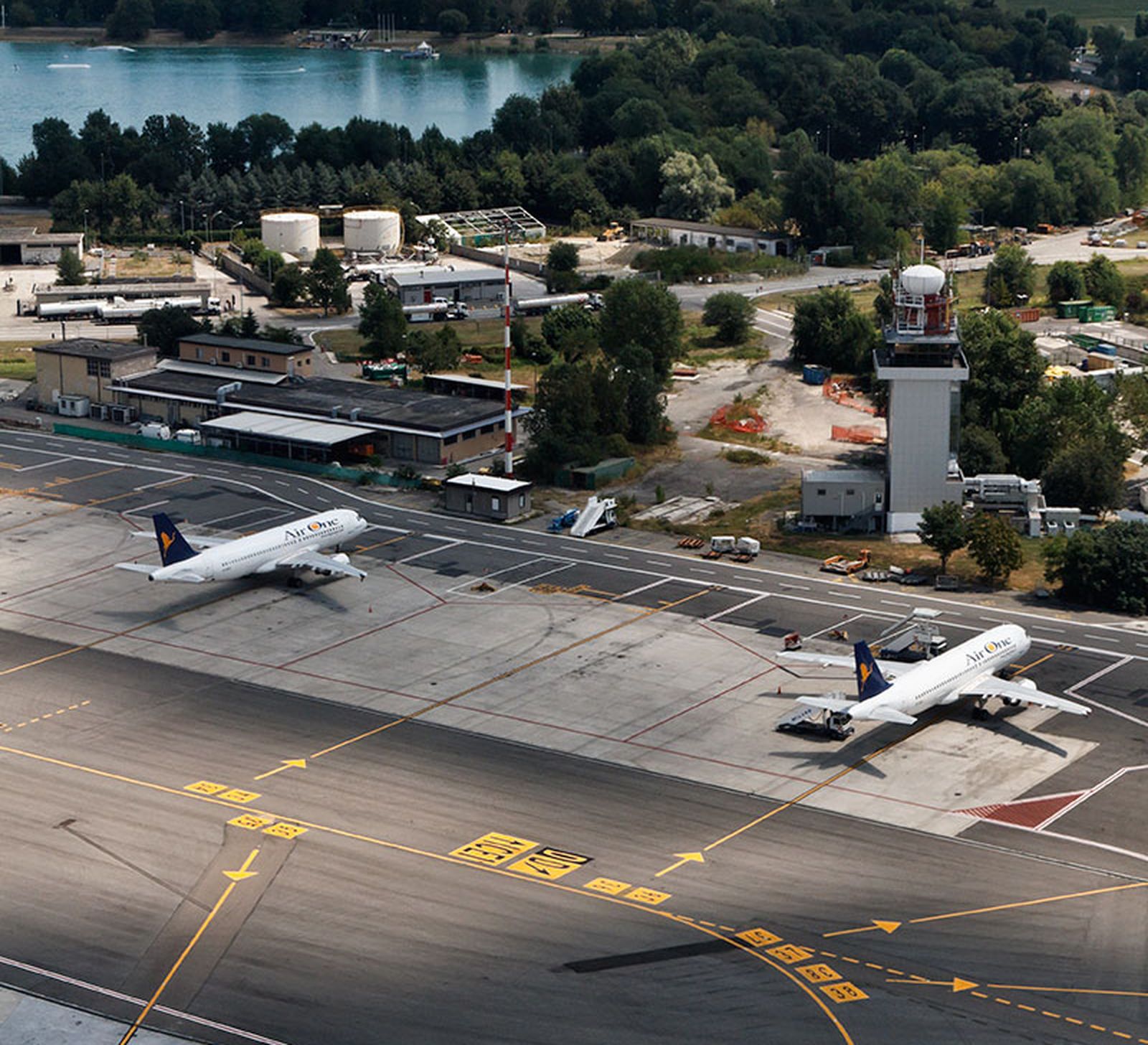 Milan Linate AirportSettore: Airports
Milan Linate AirportSettore: Airports -
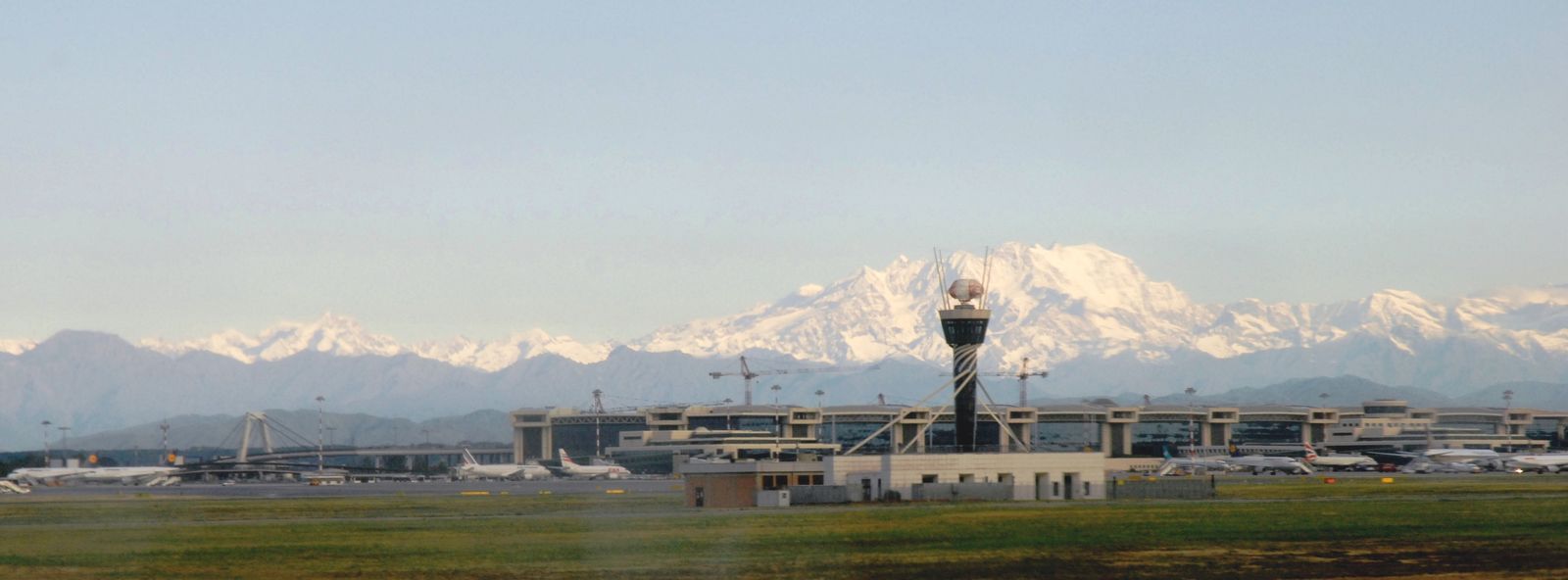 Milan – Malpensa AirportSettore: Airports
Milan – Malpensa AirportSettore: Airports